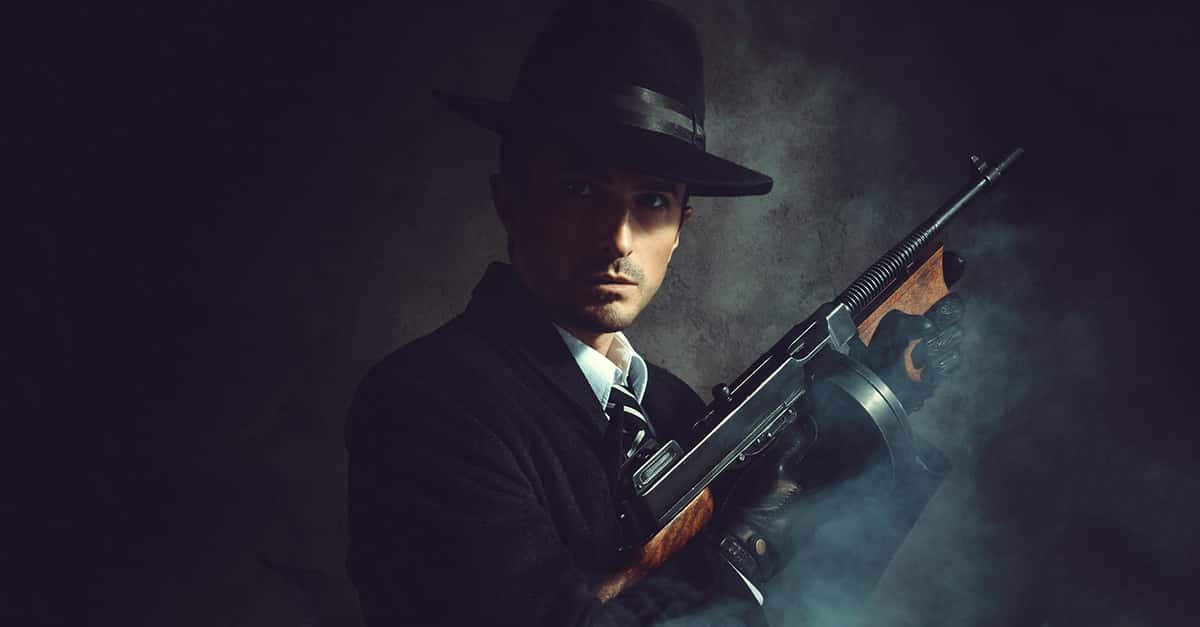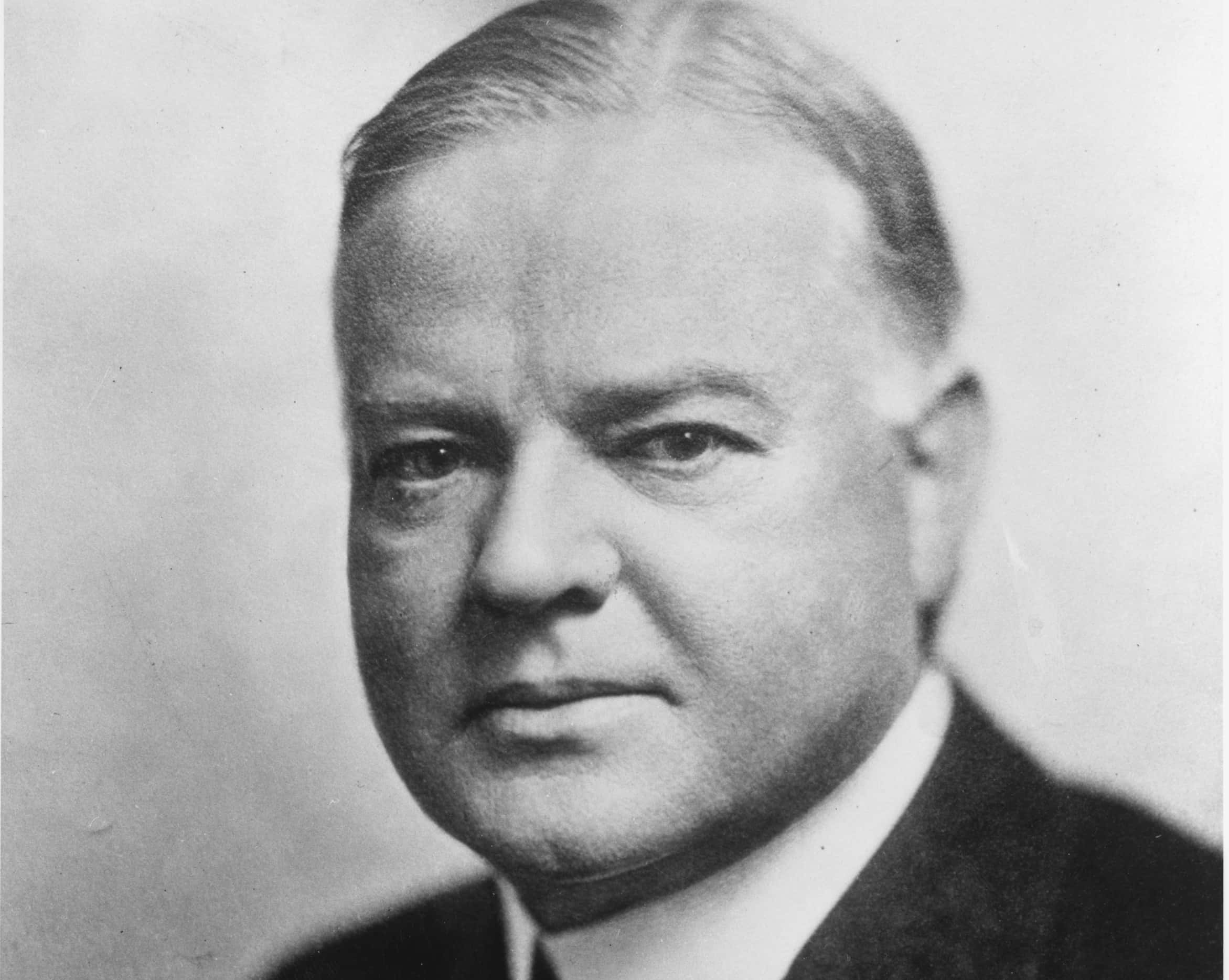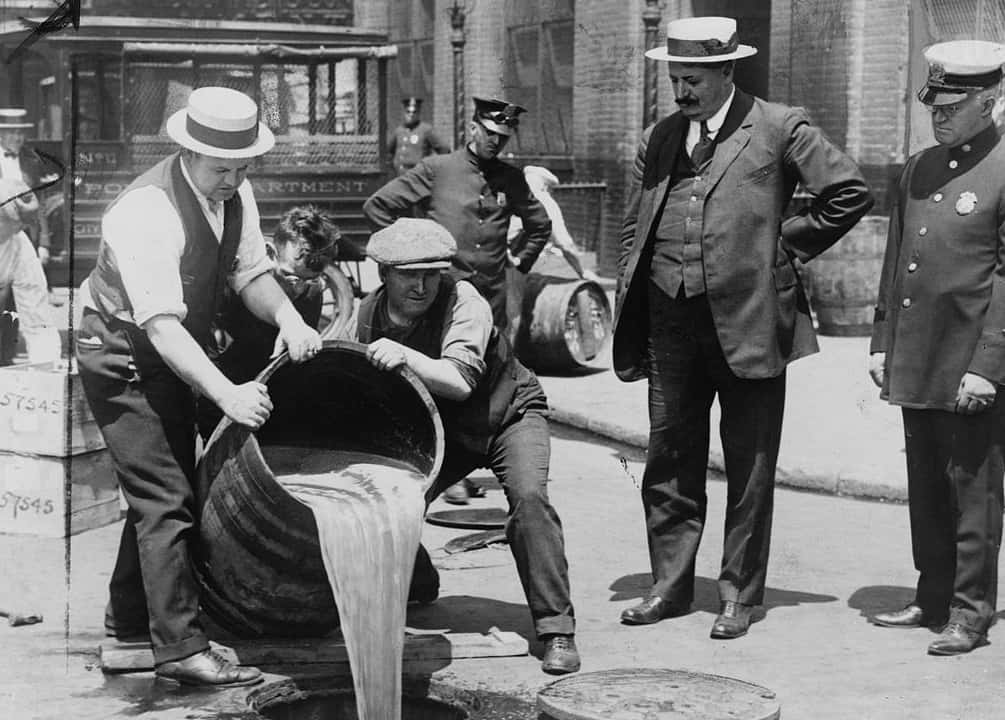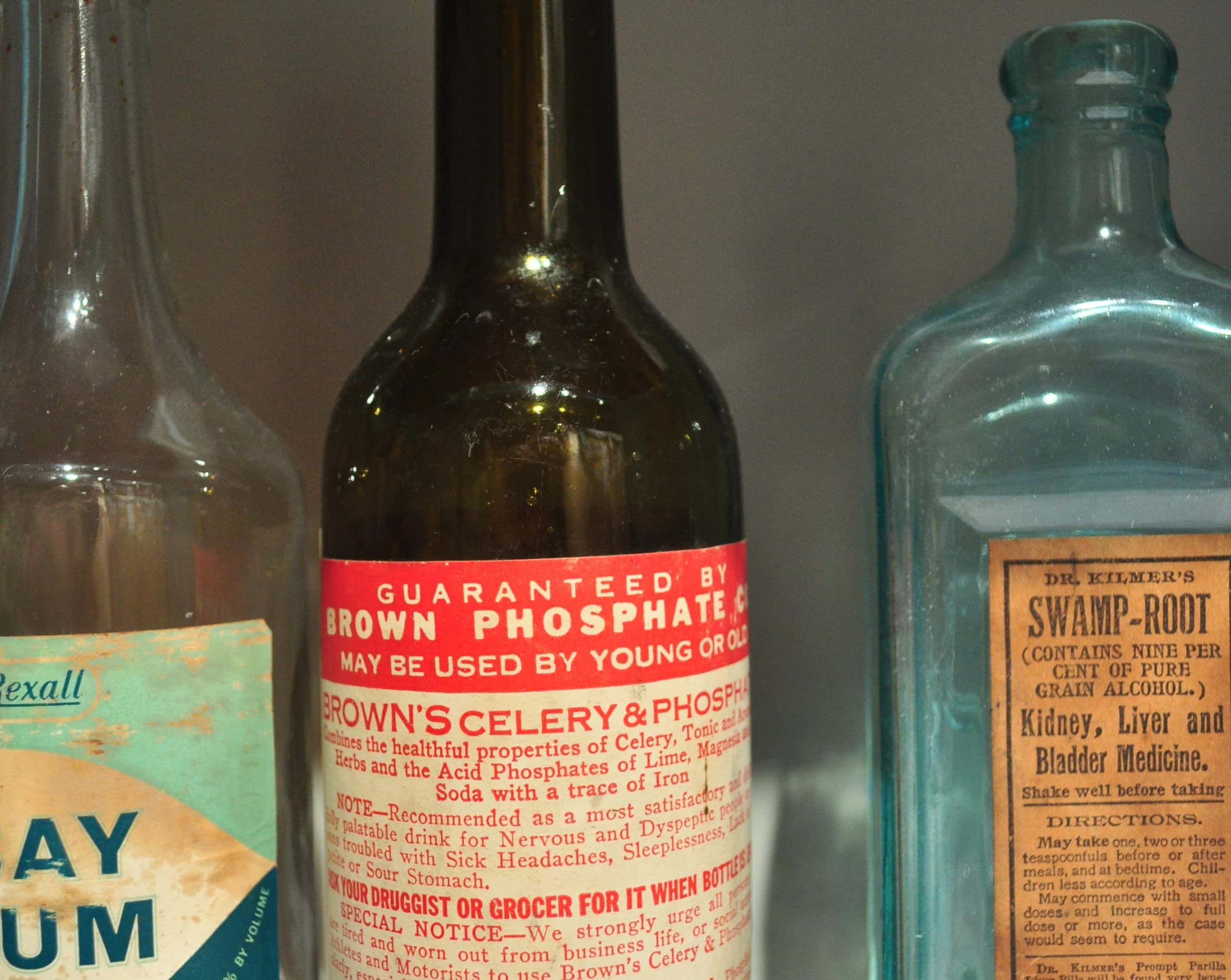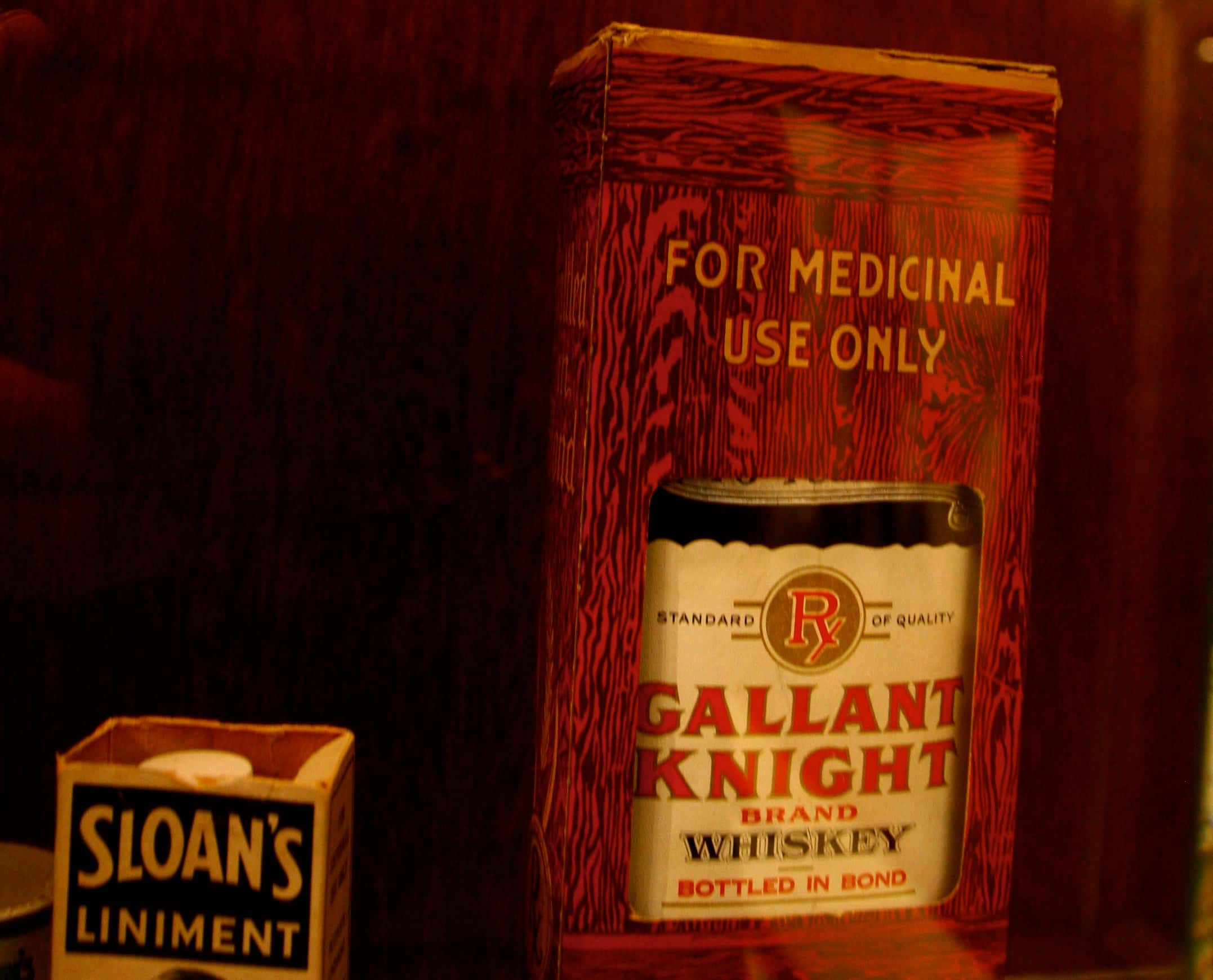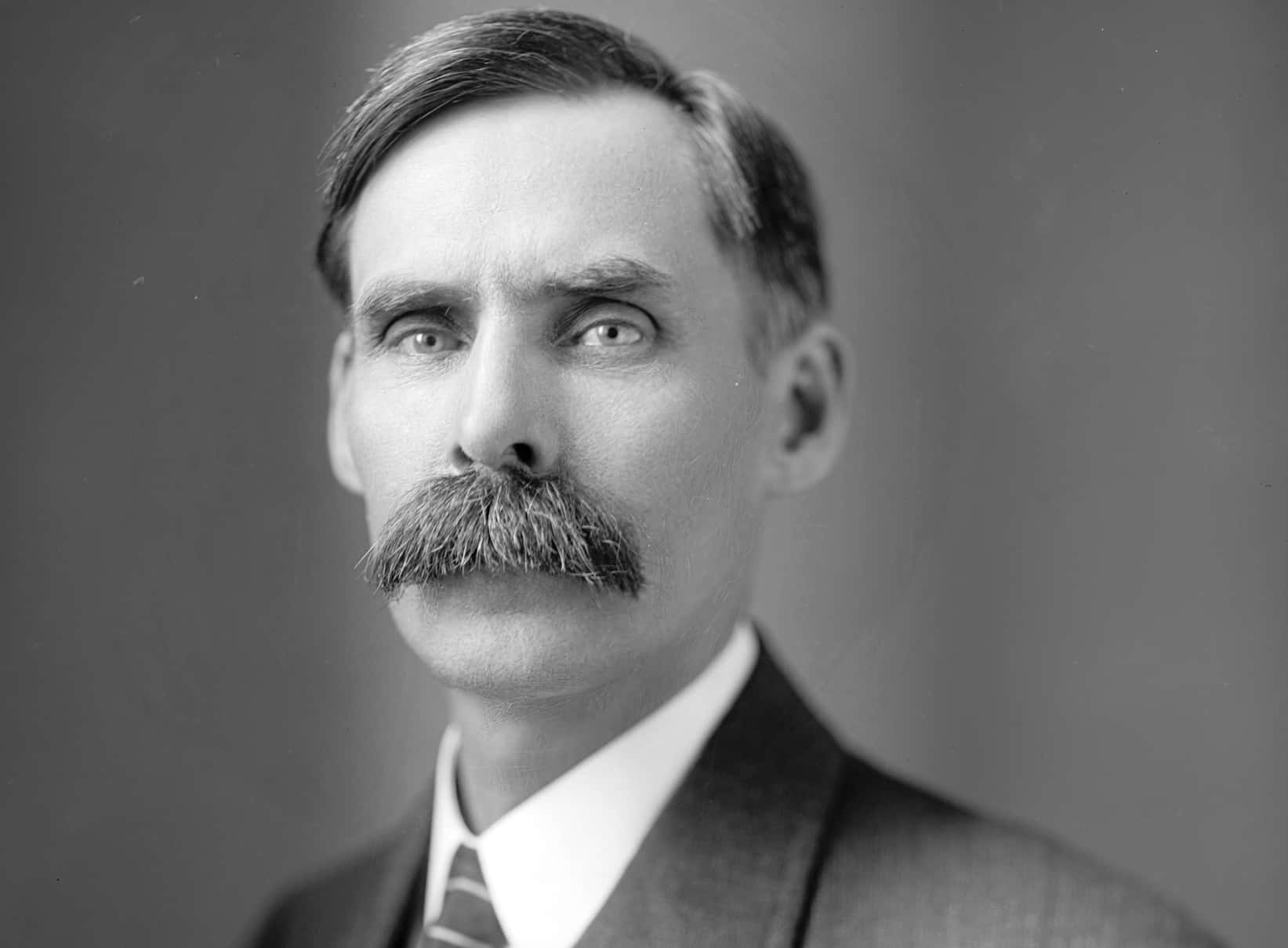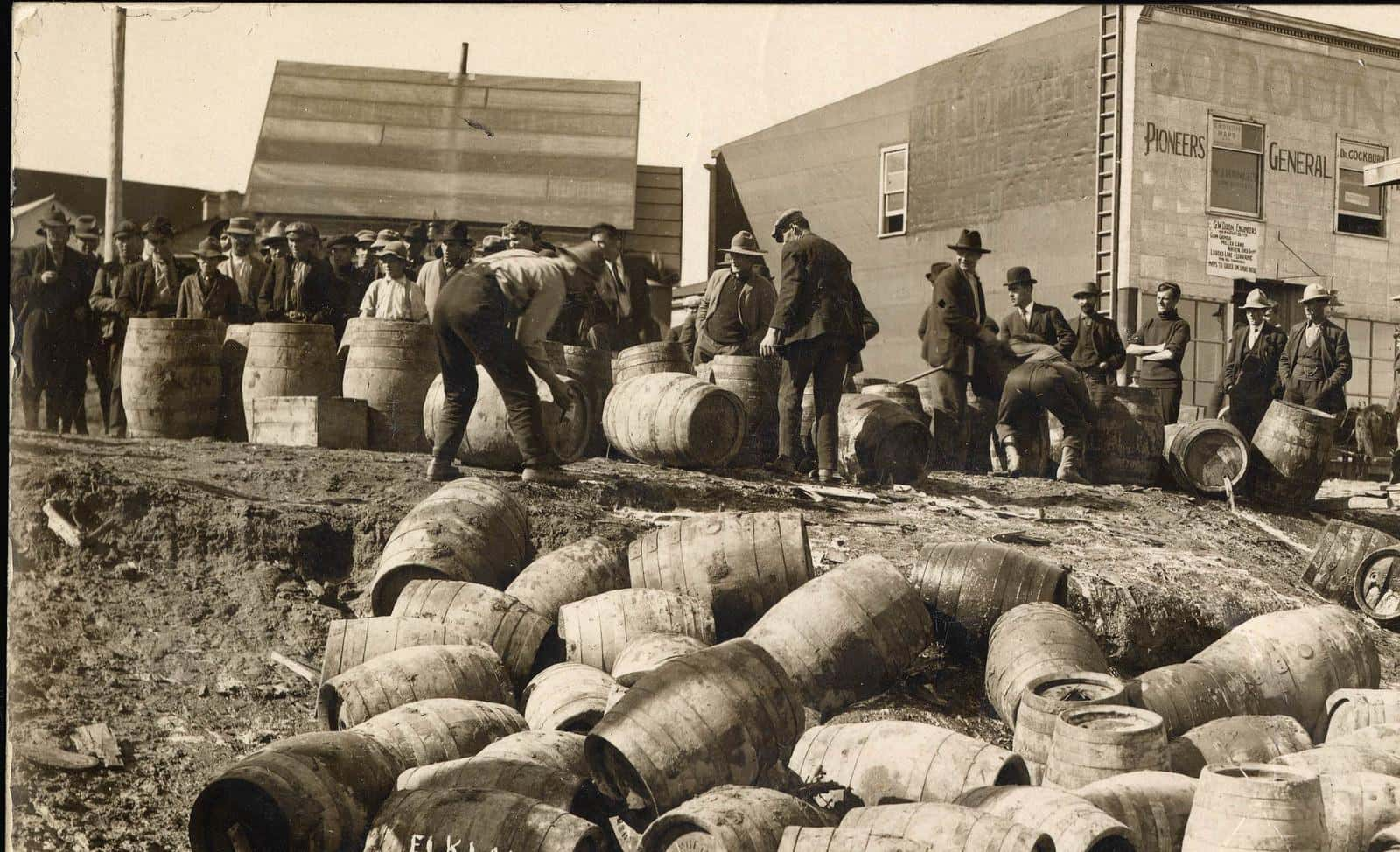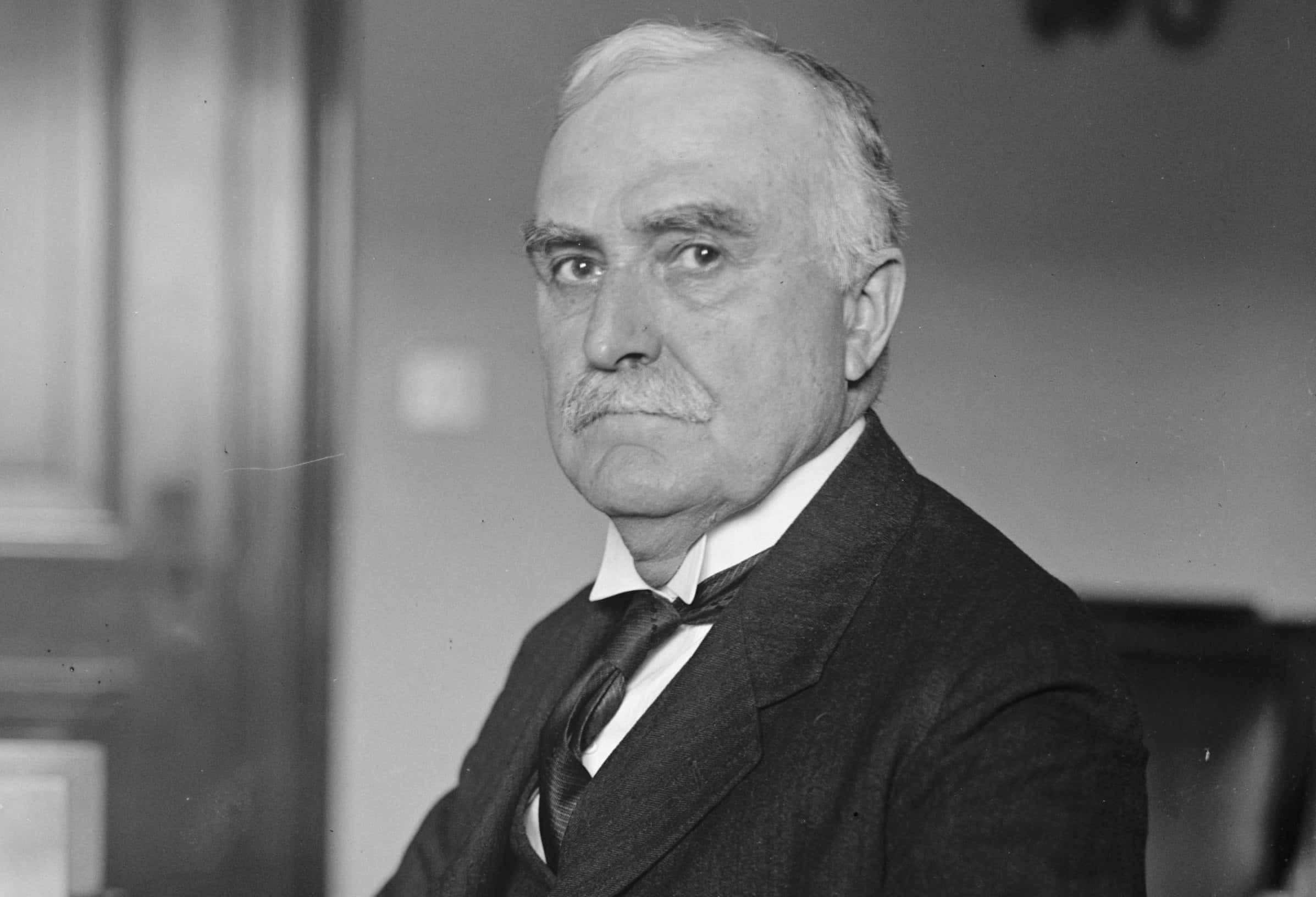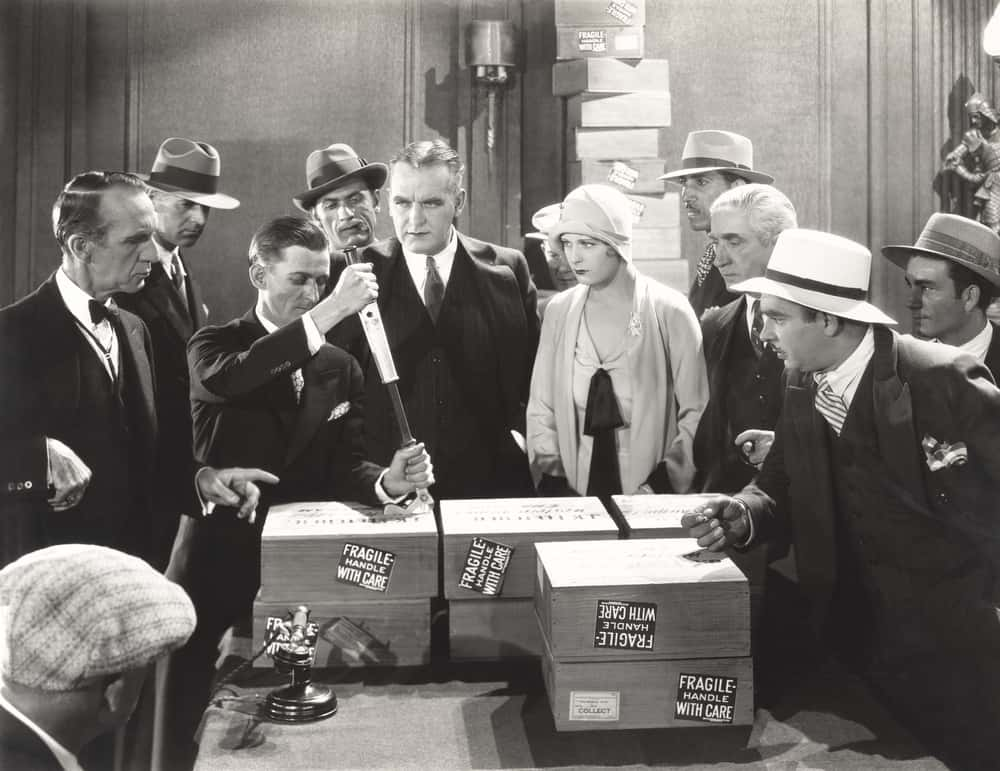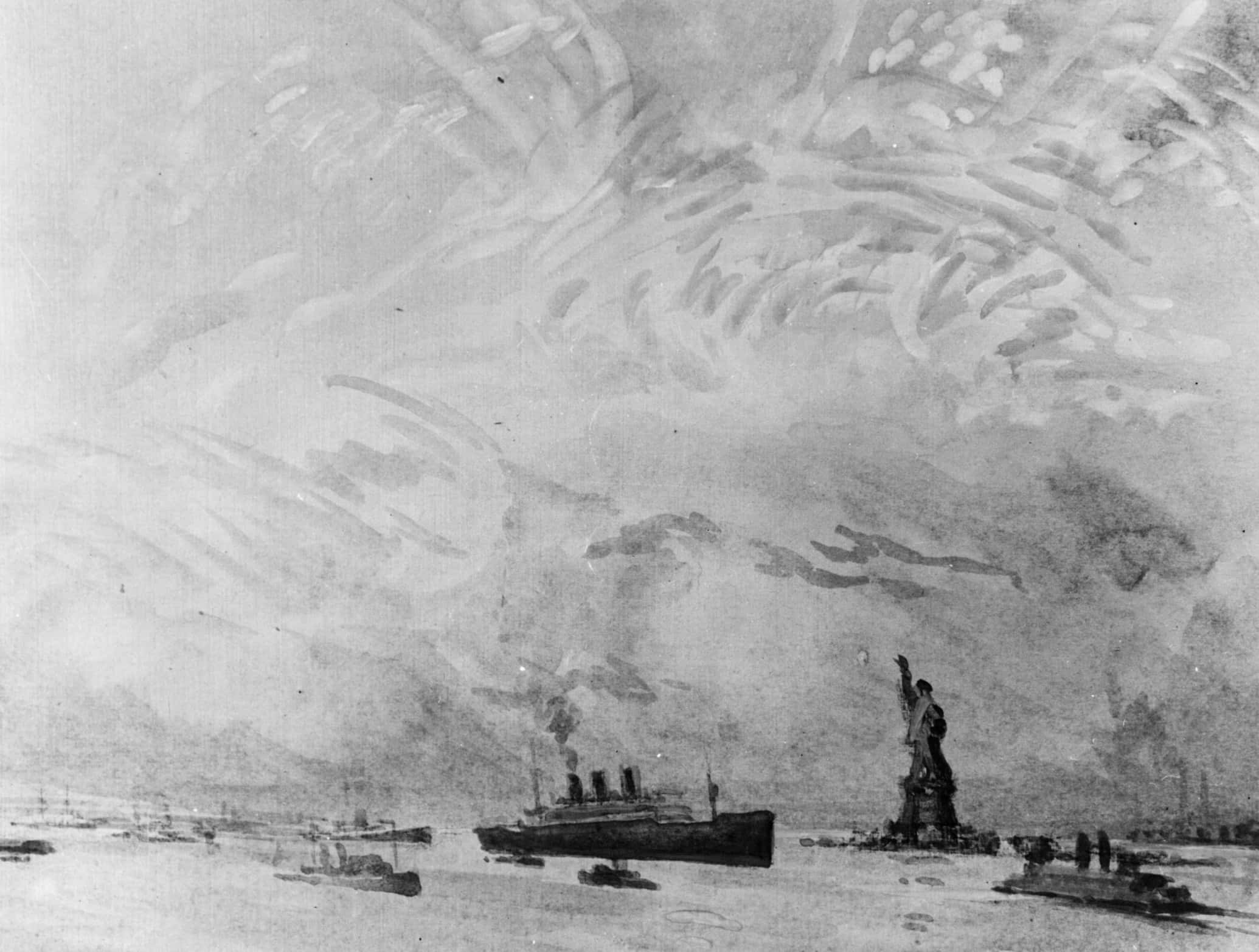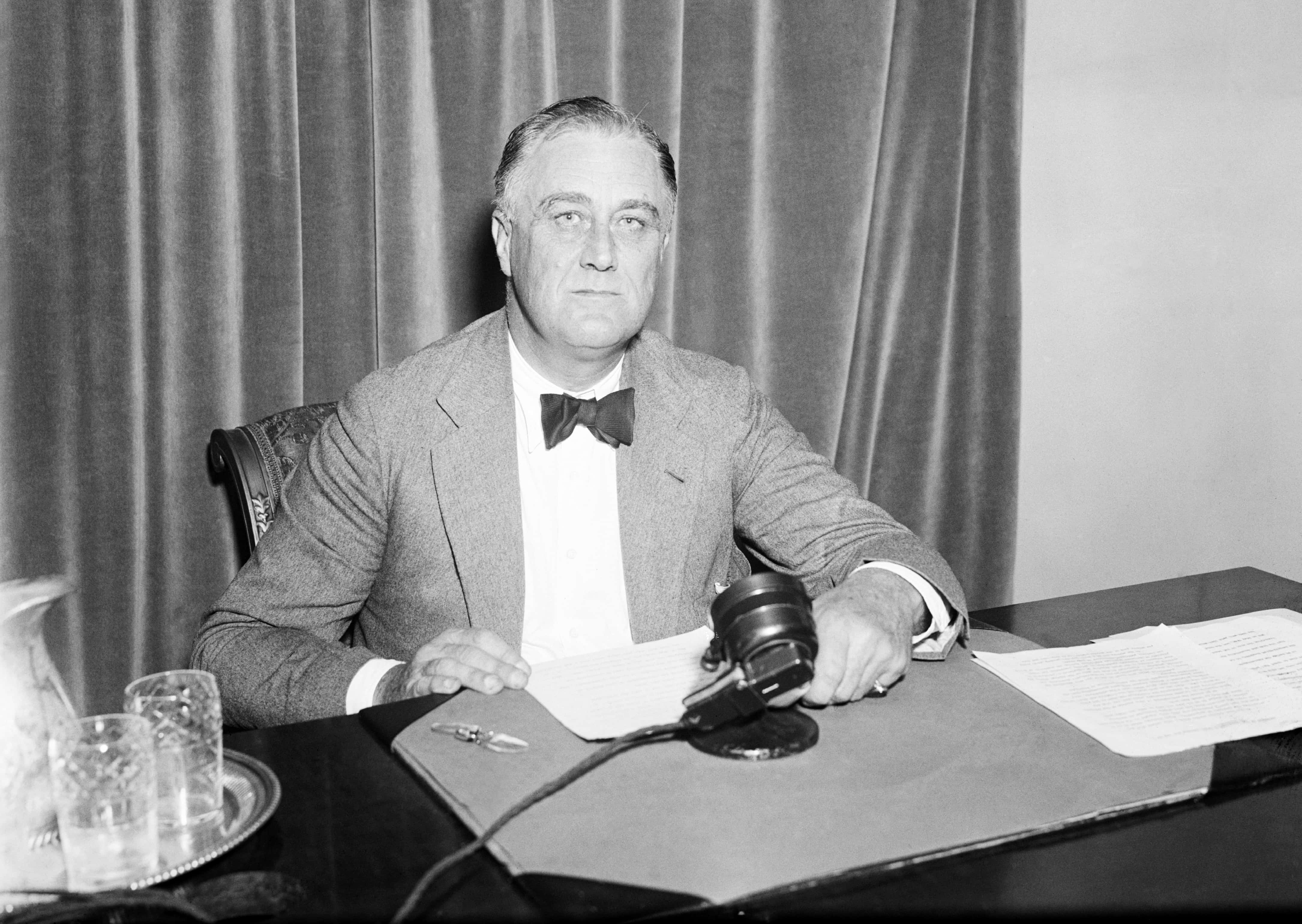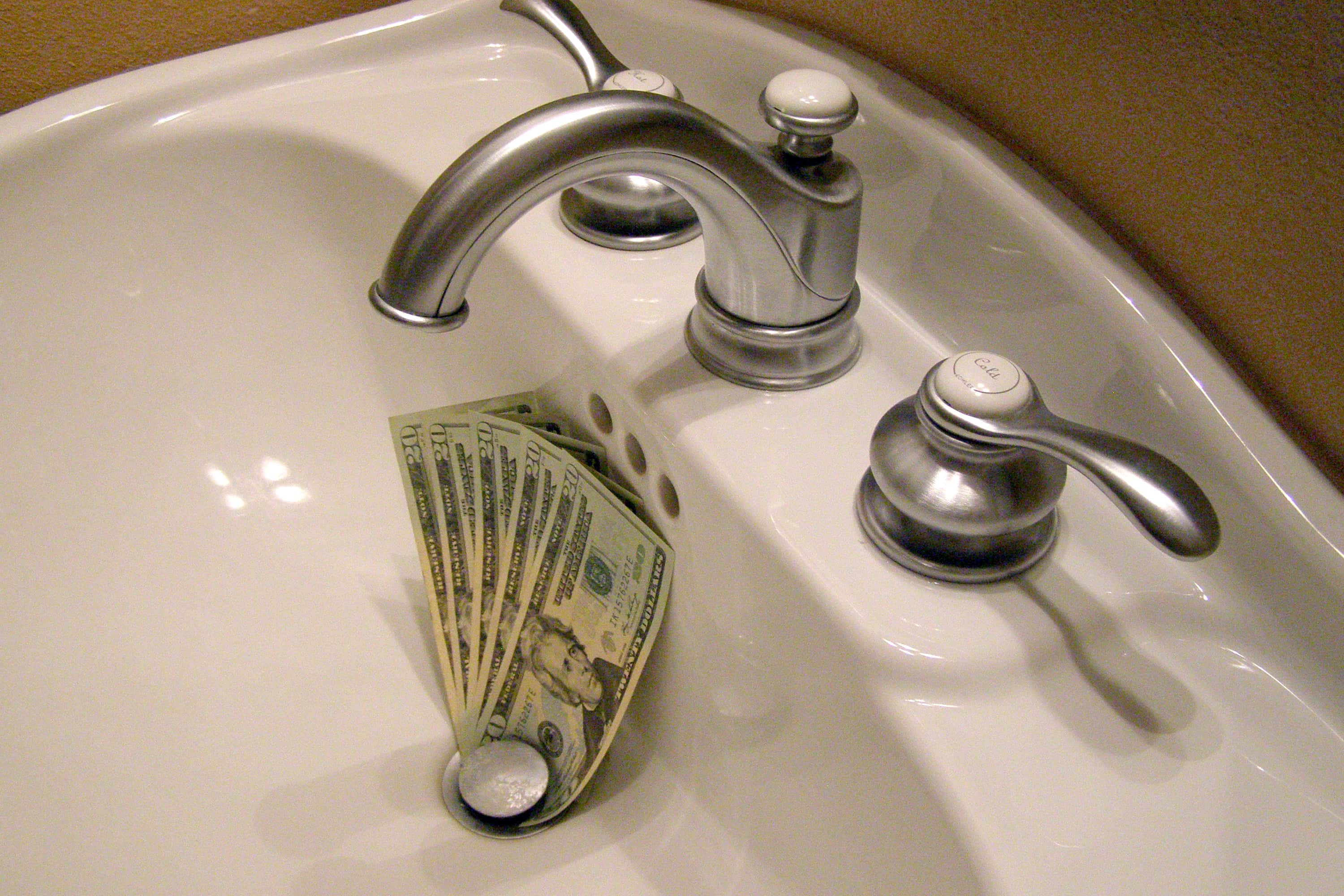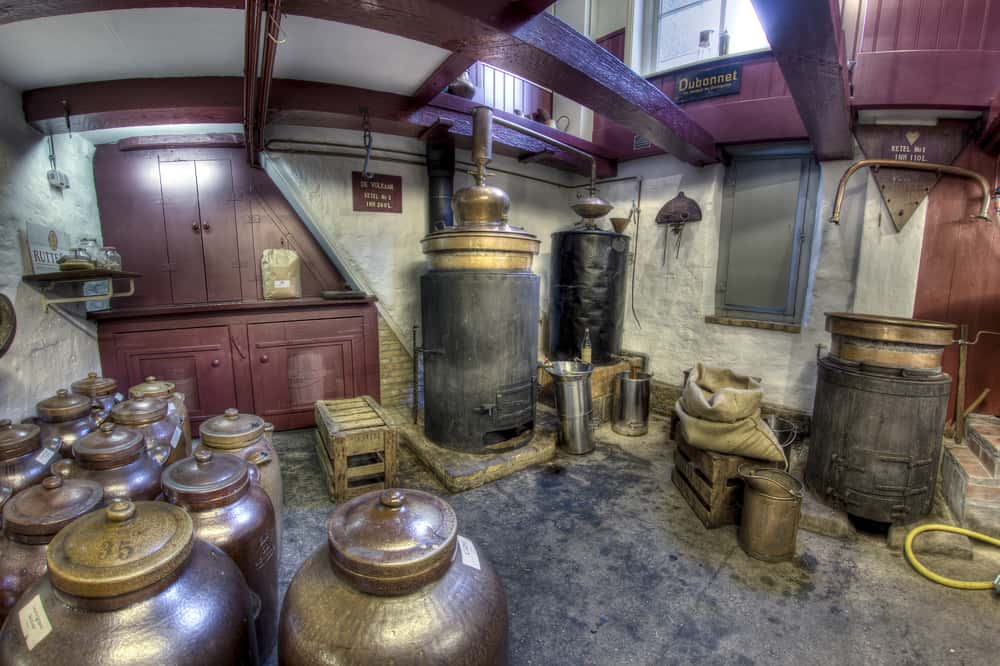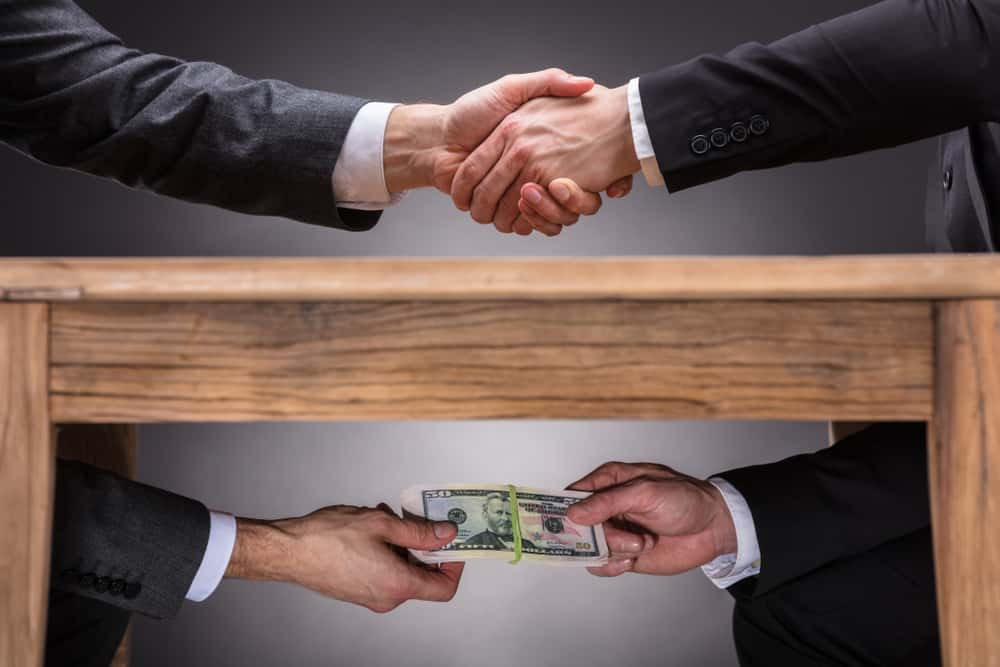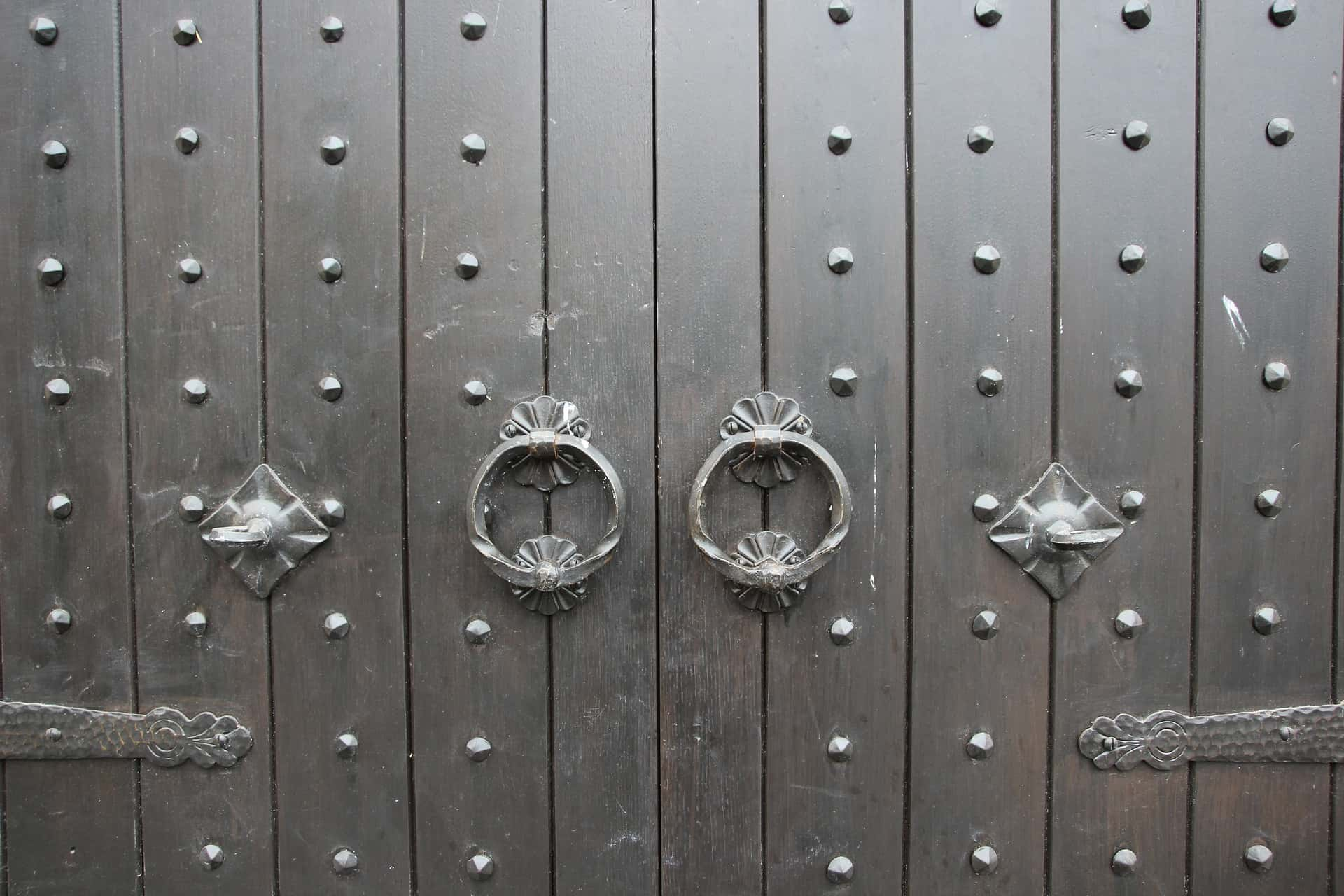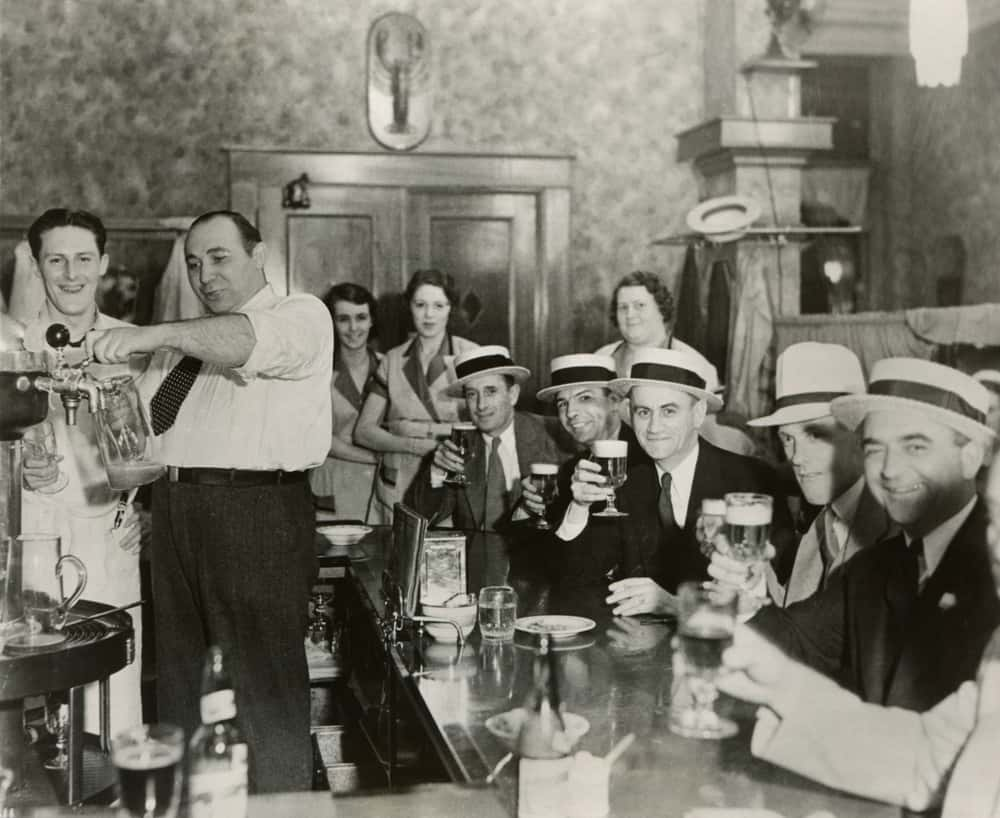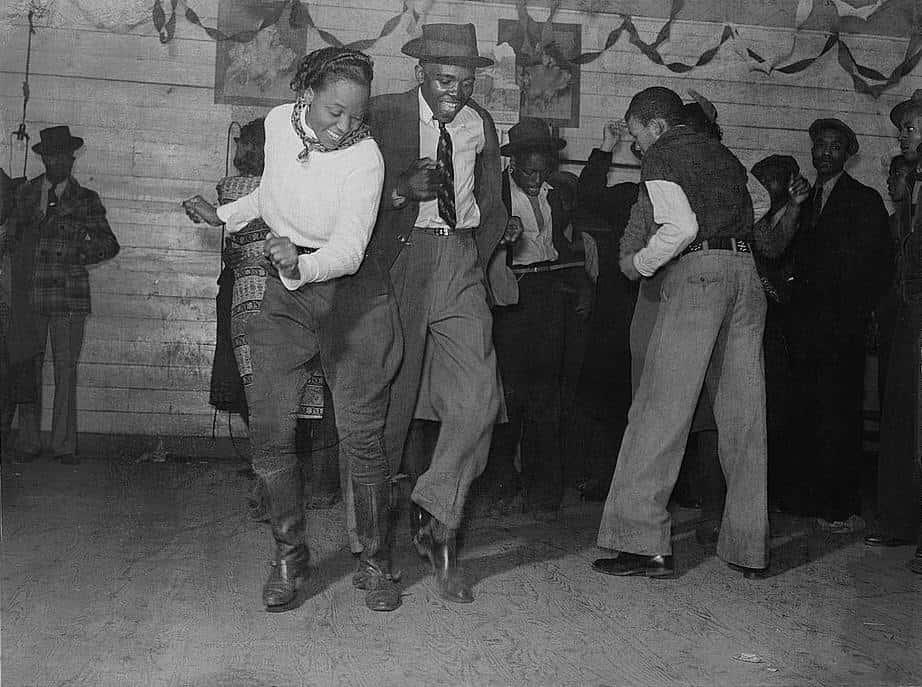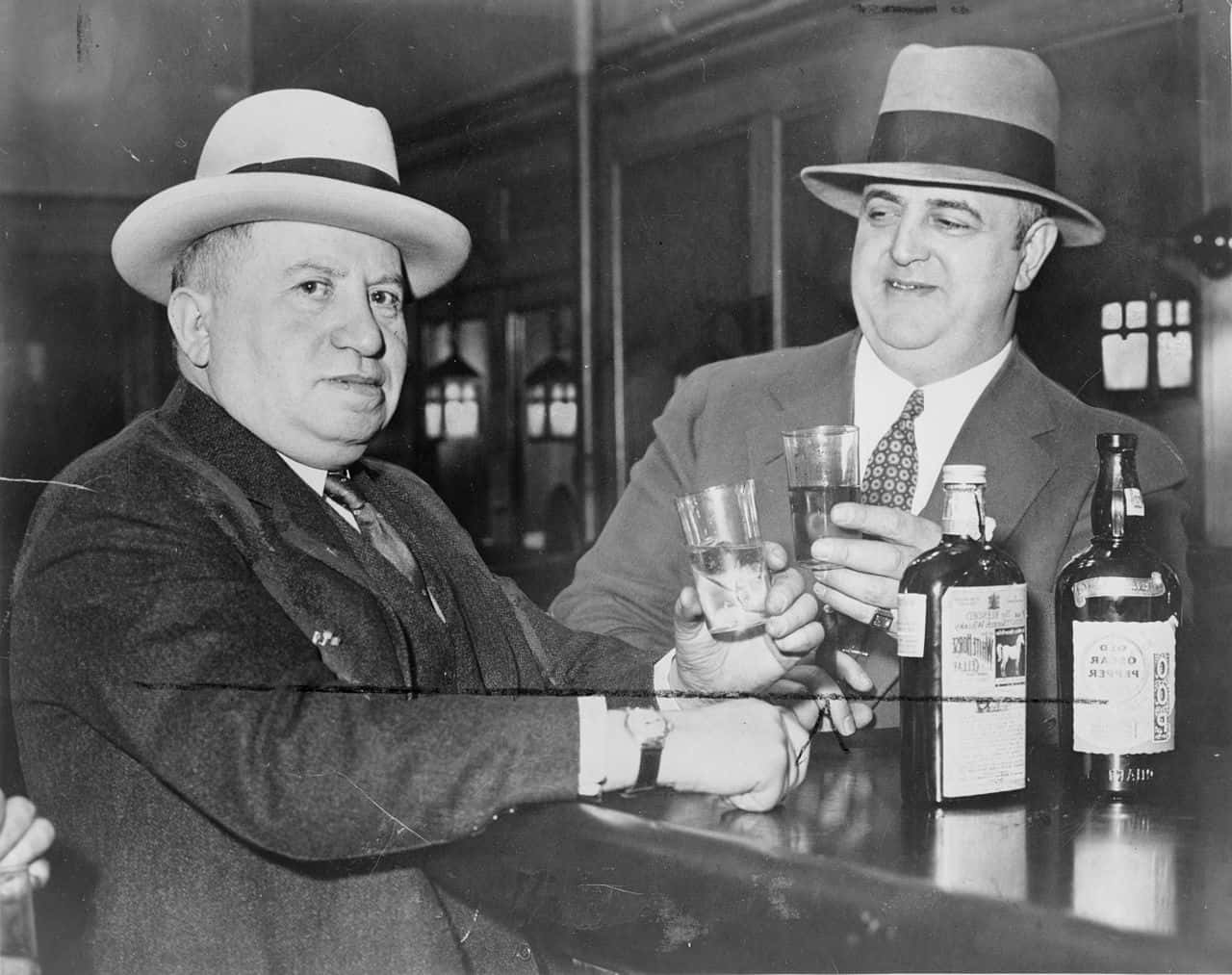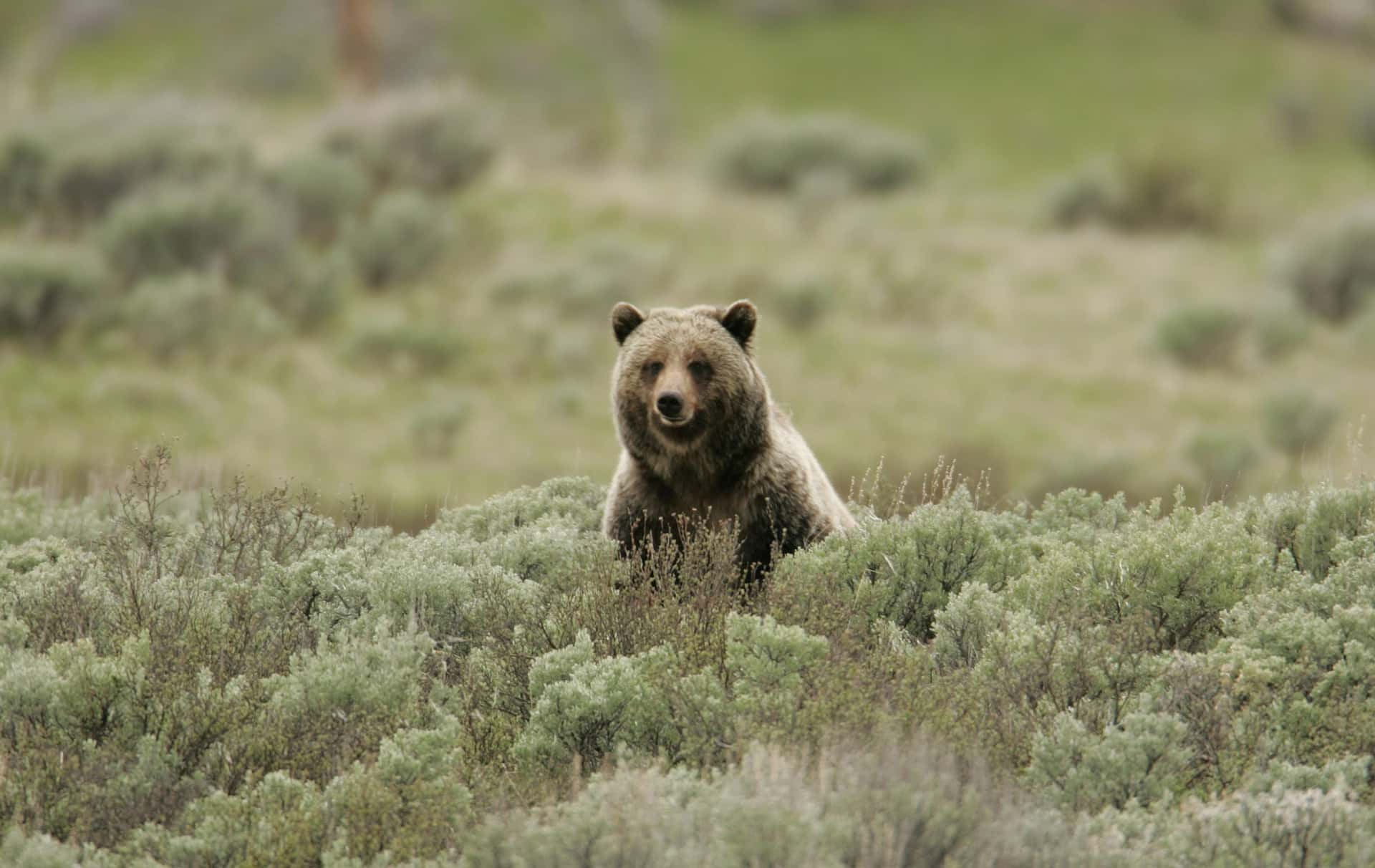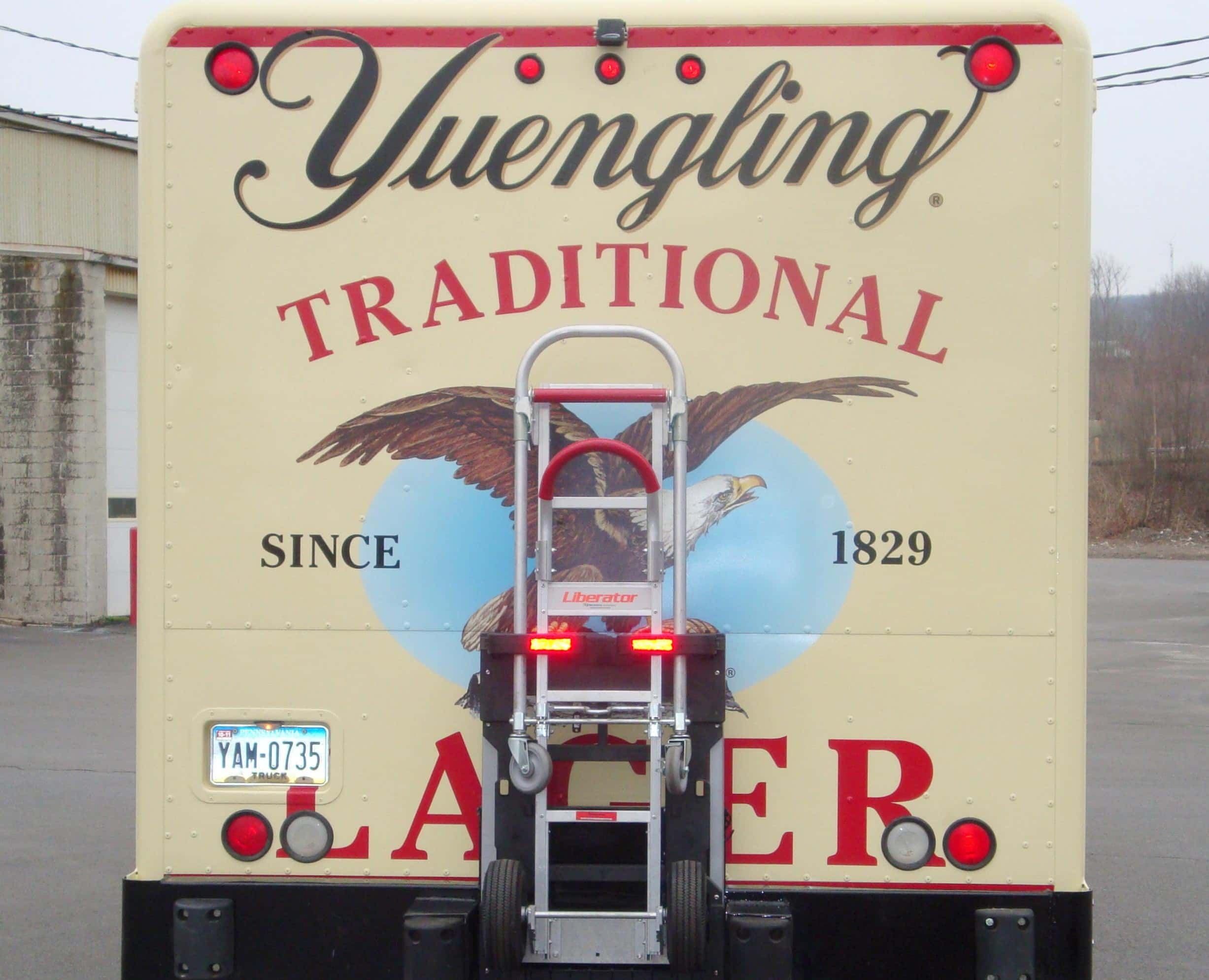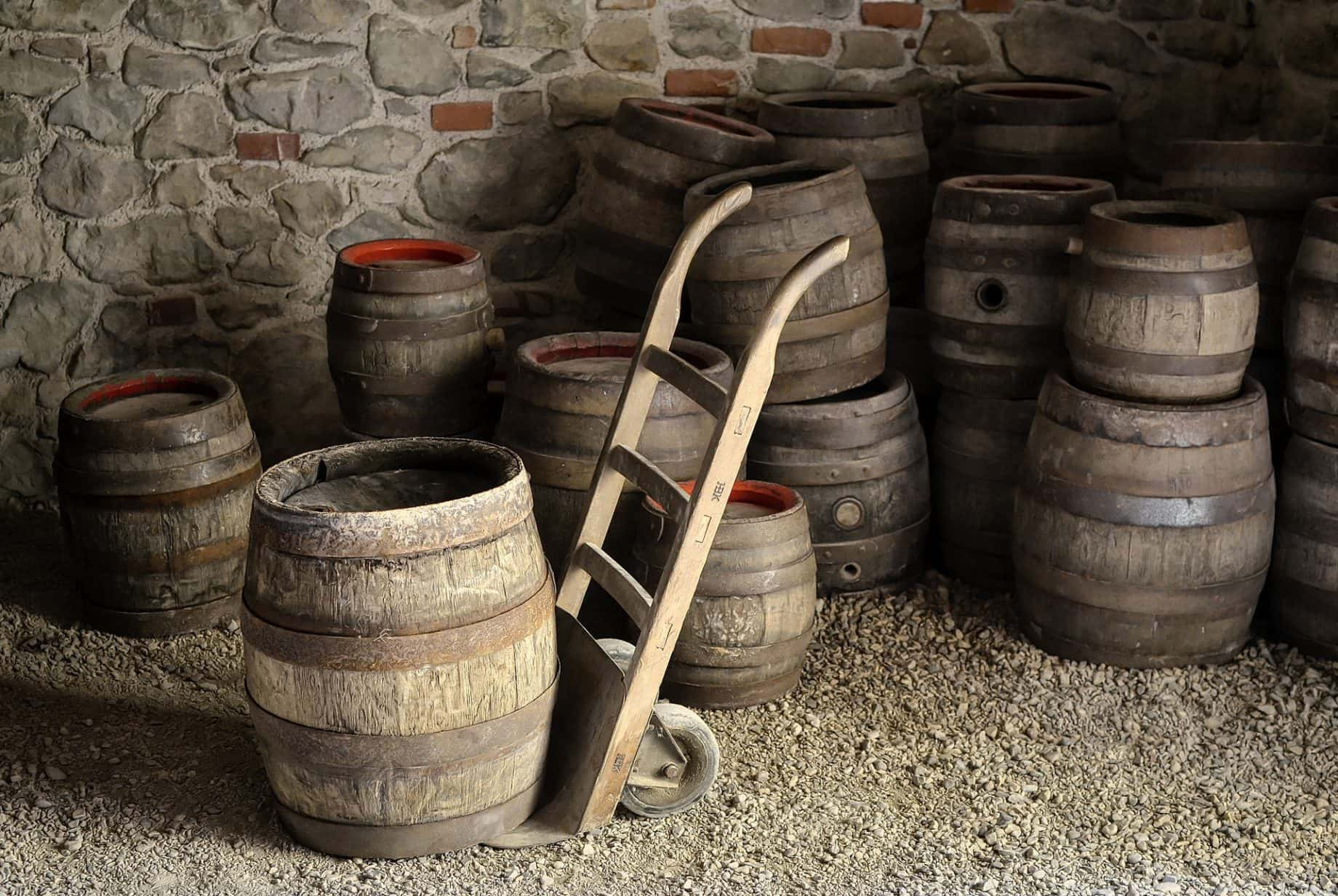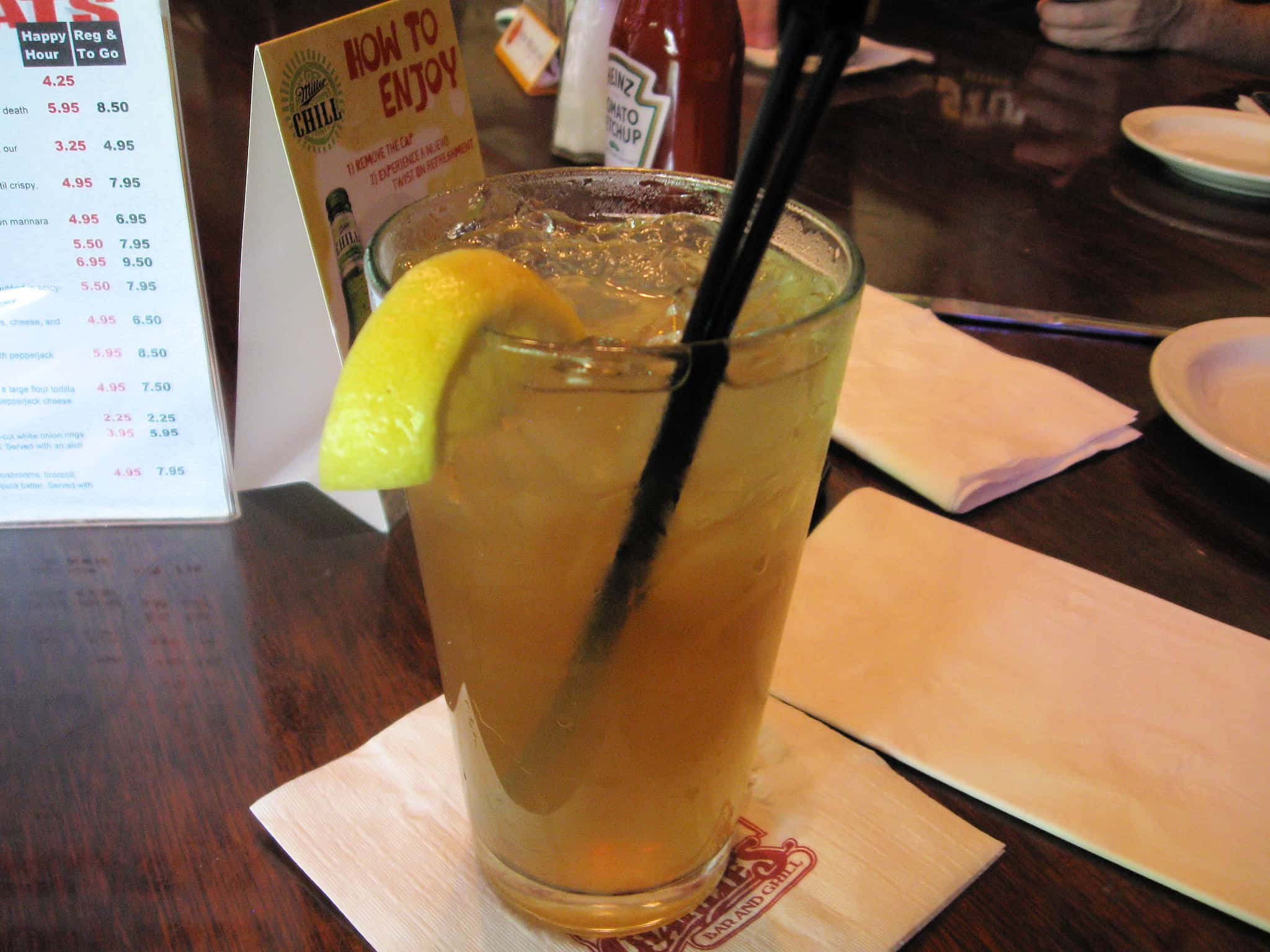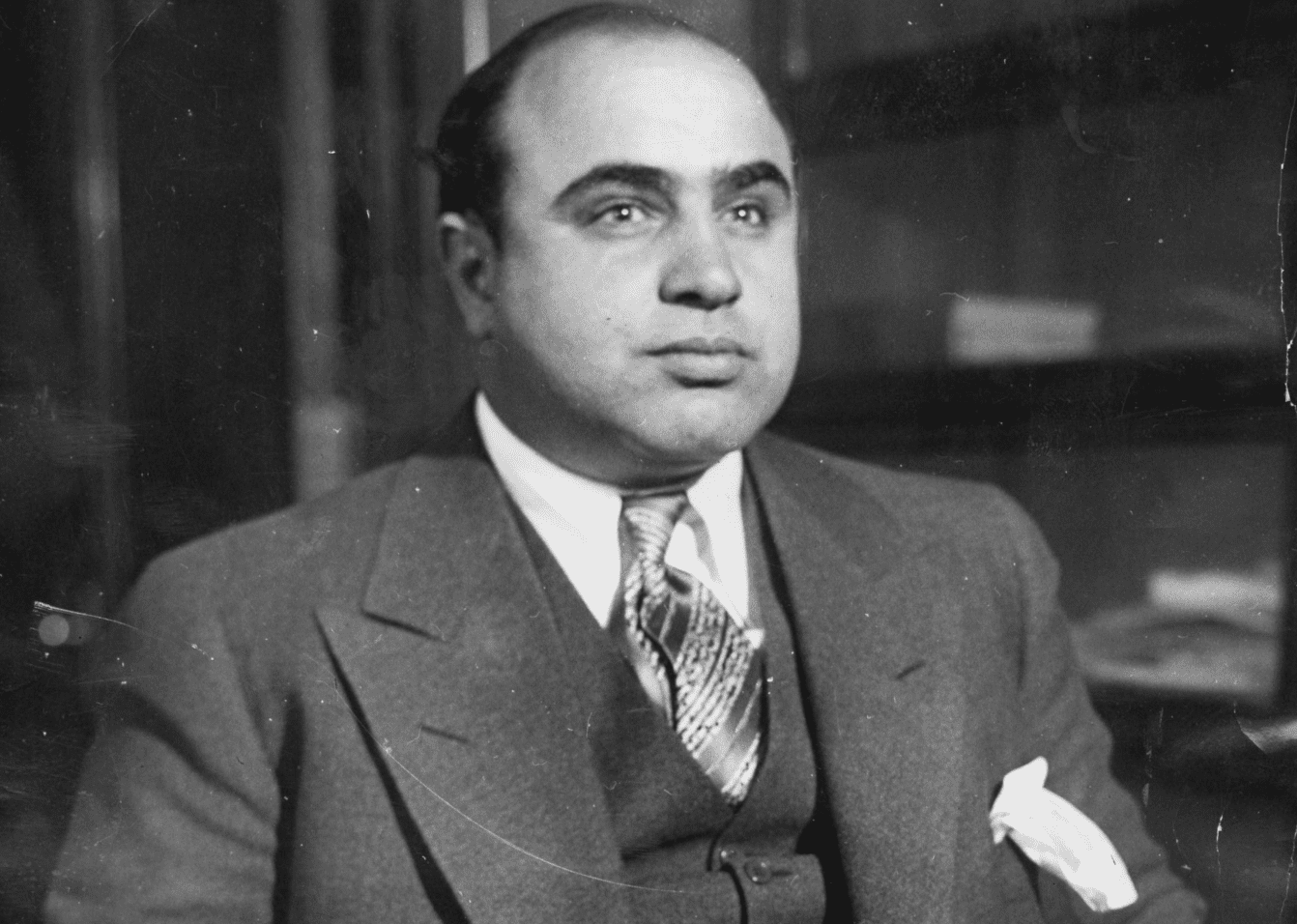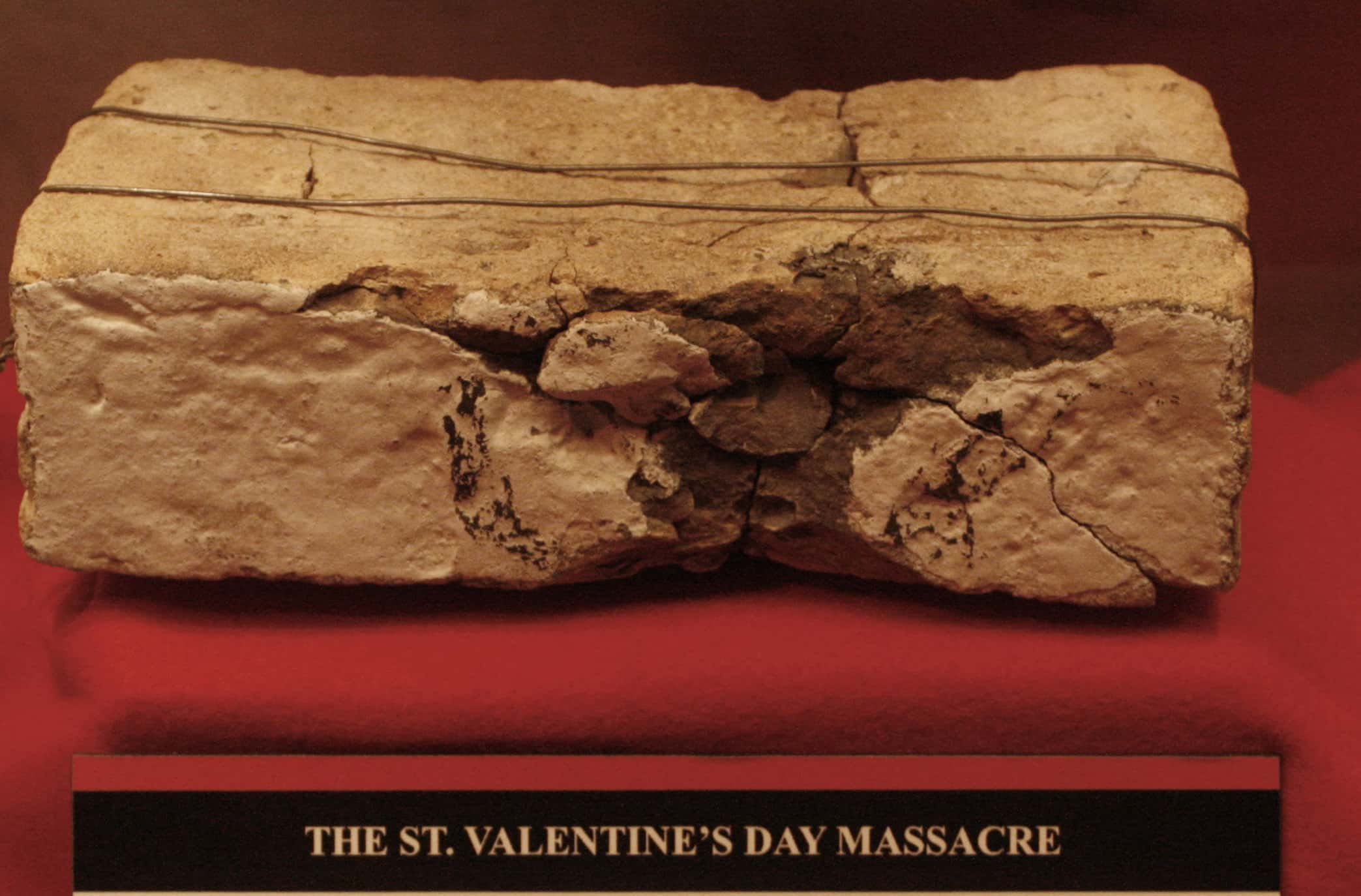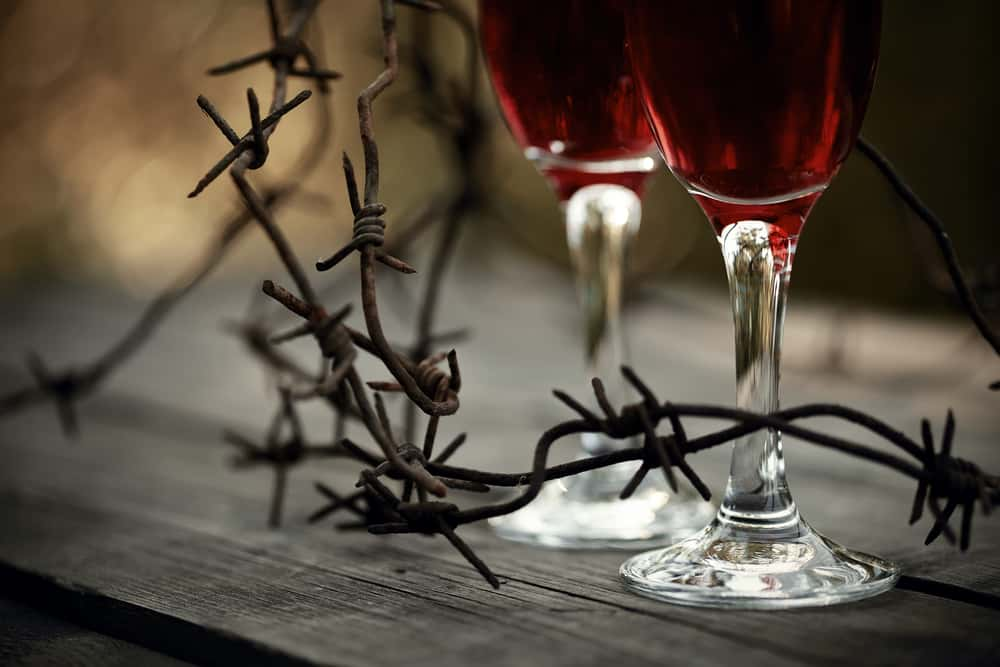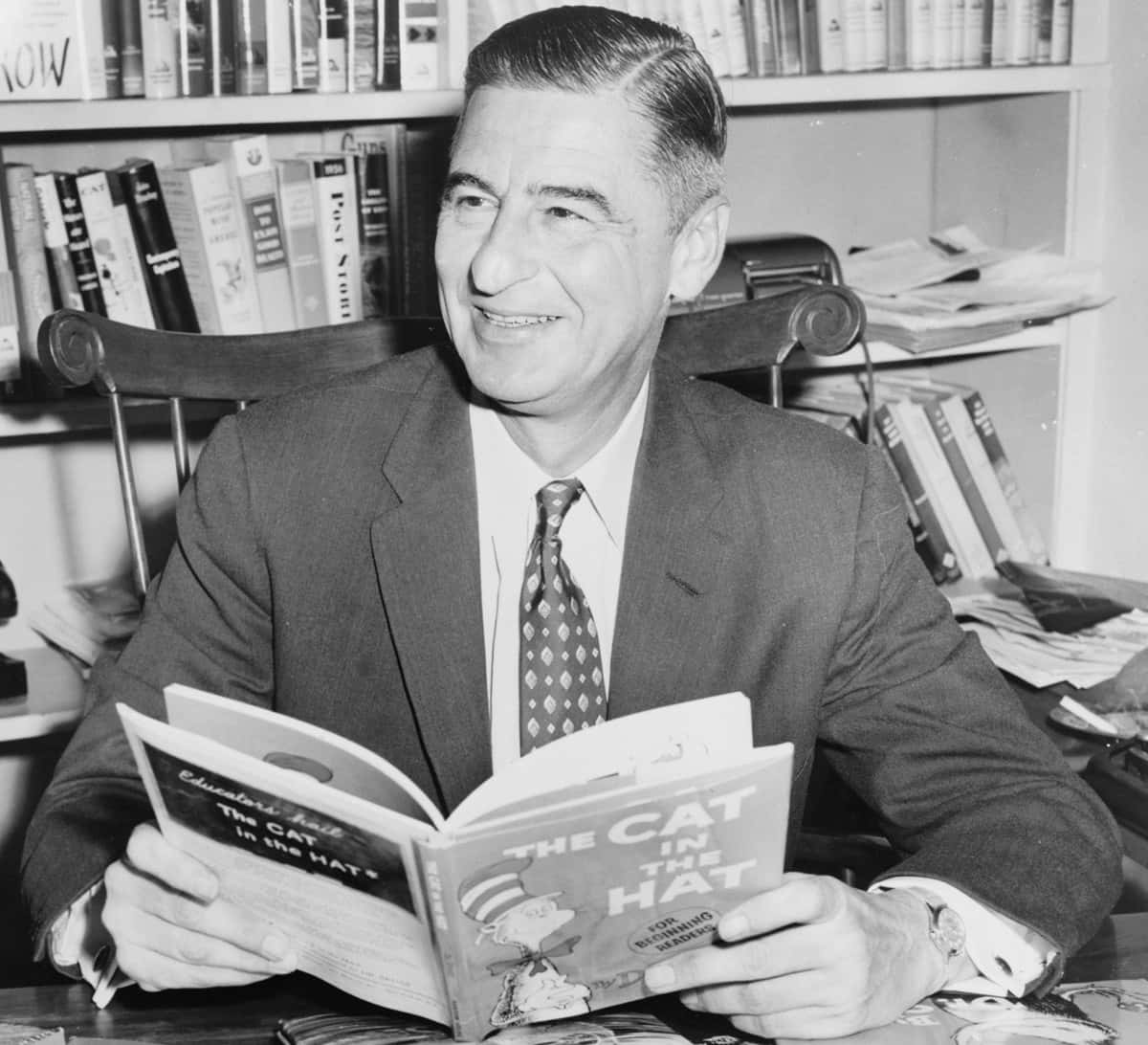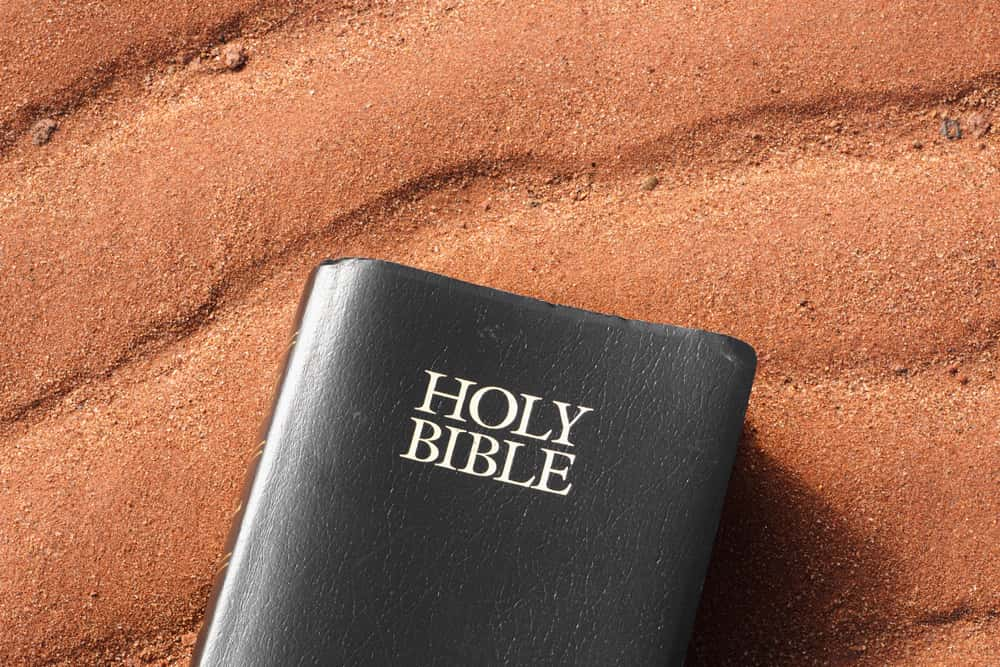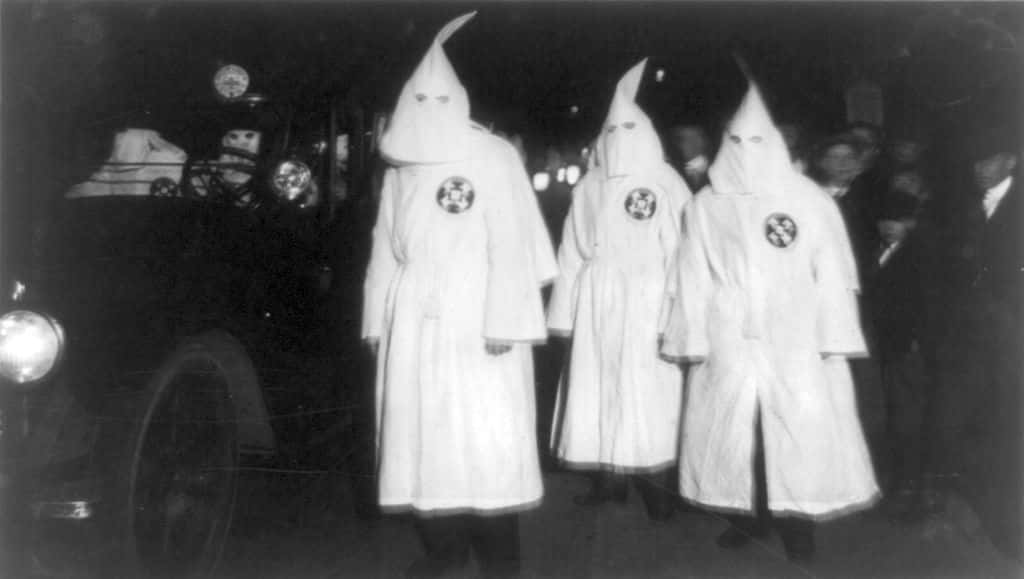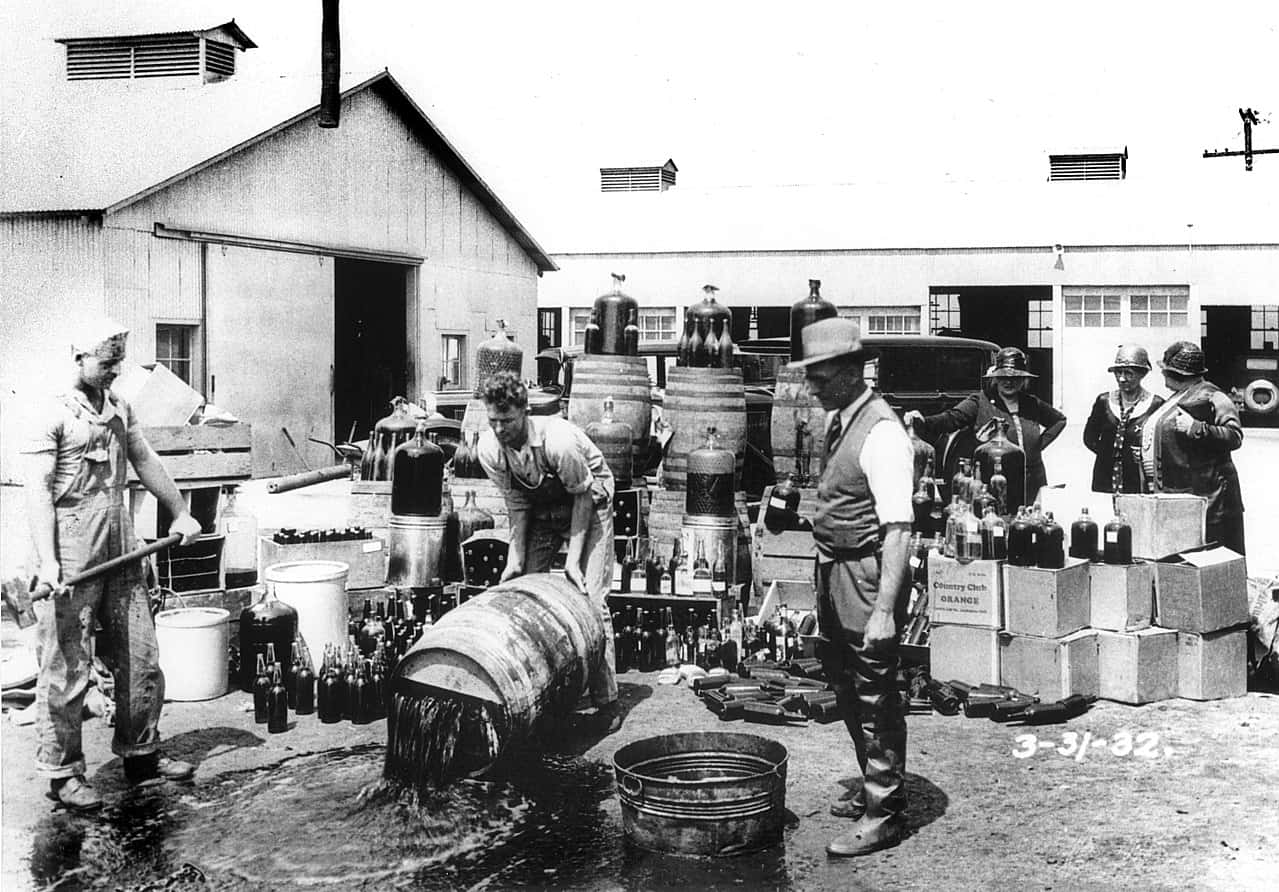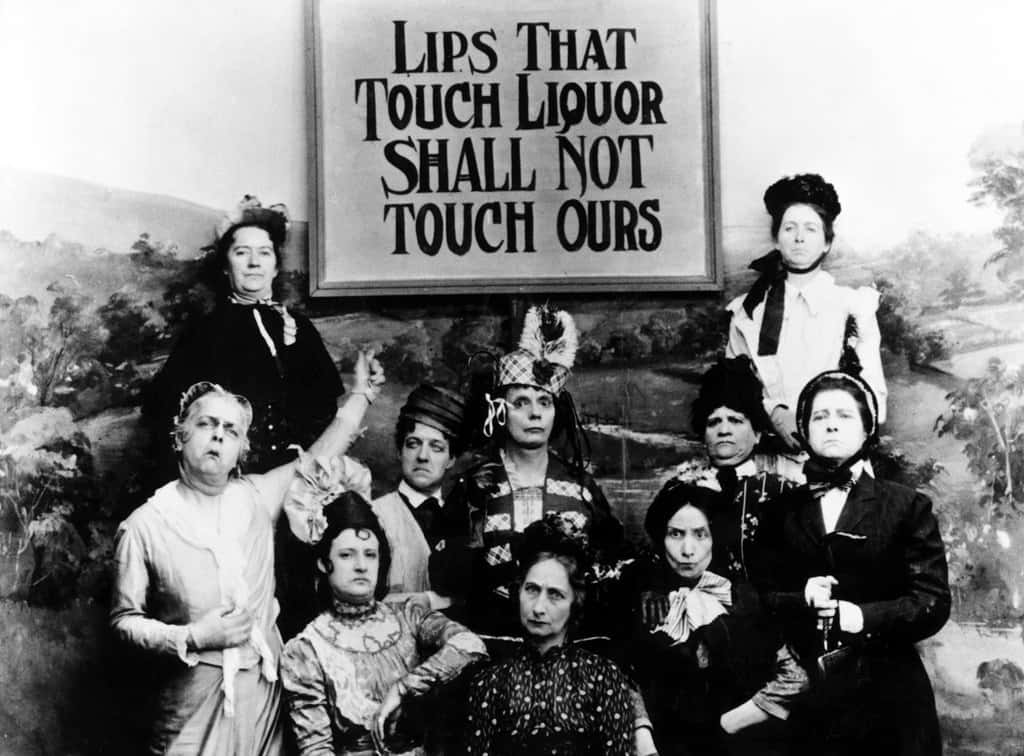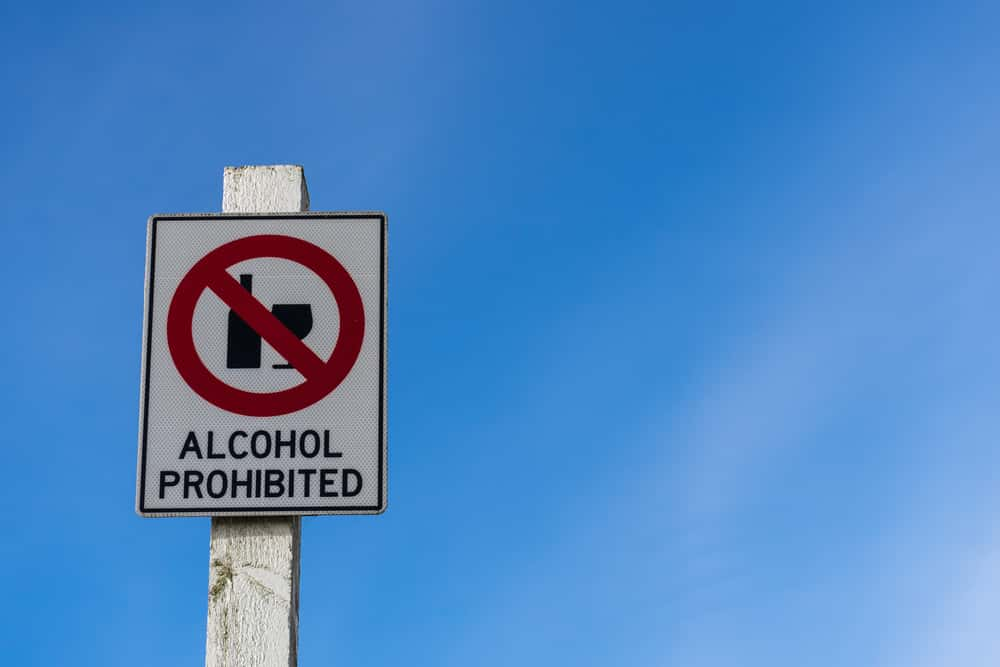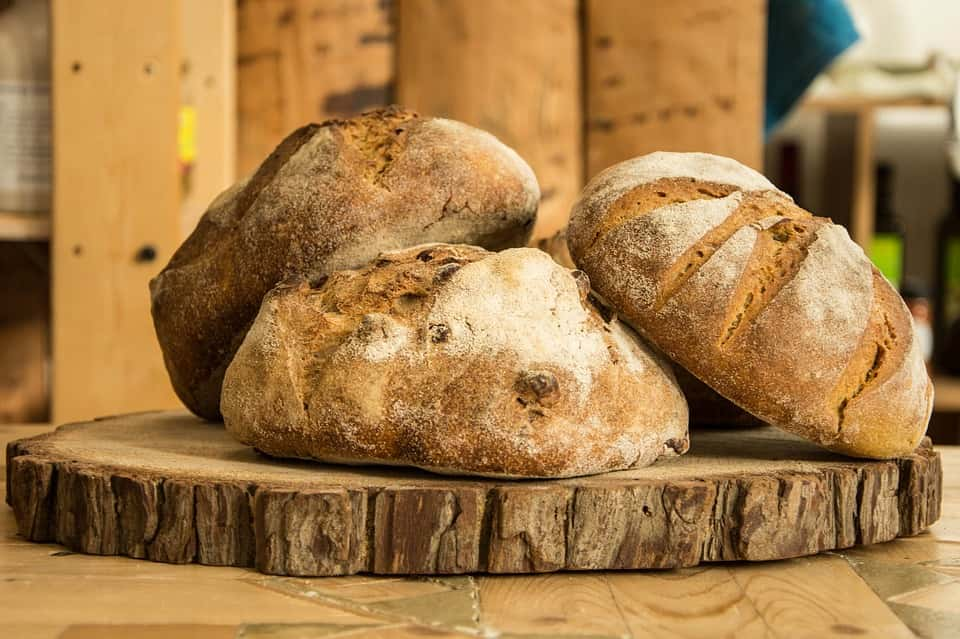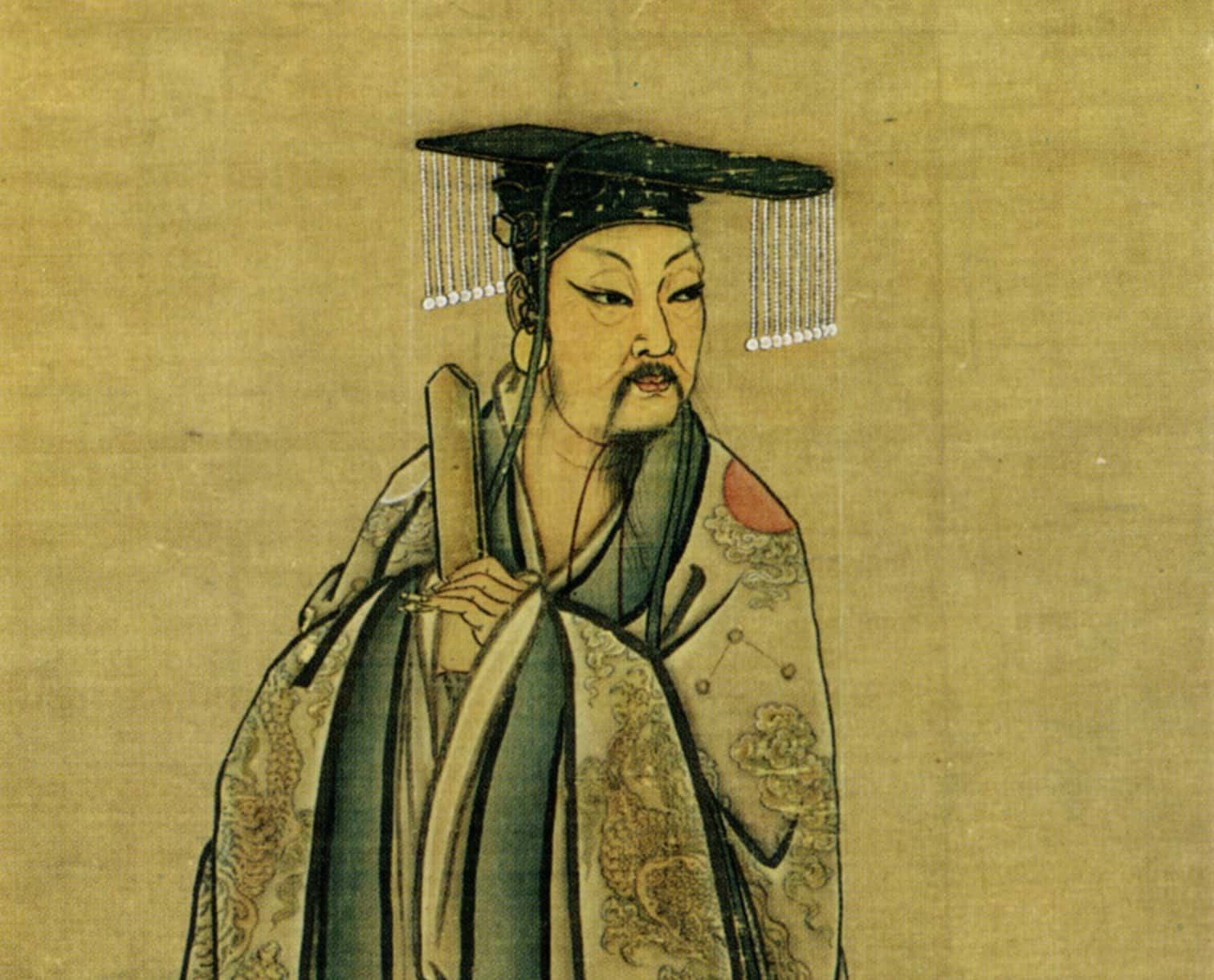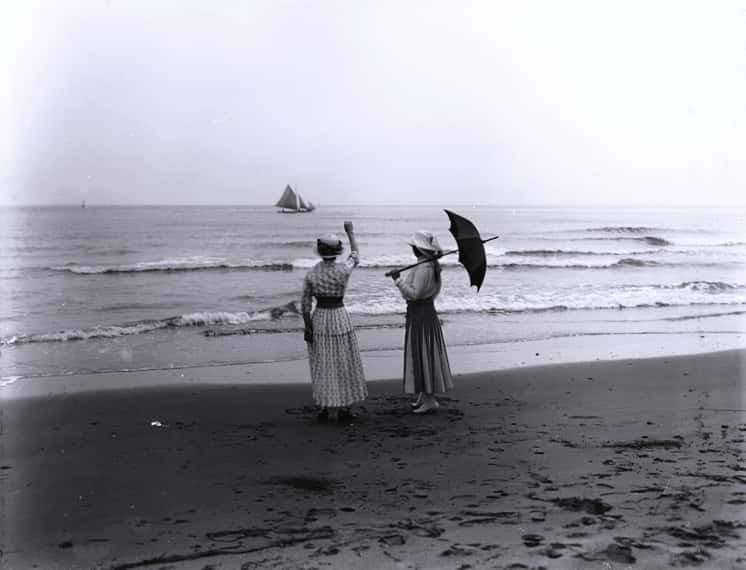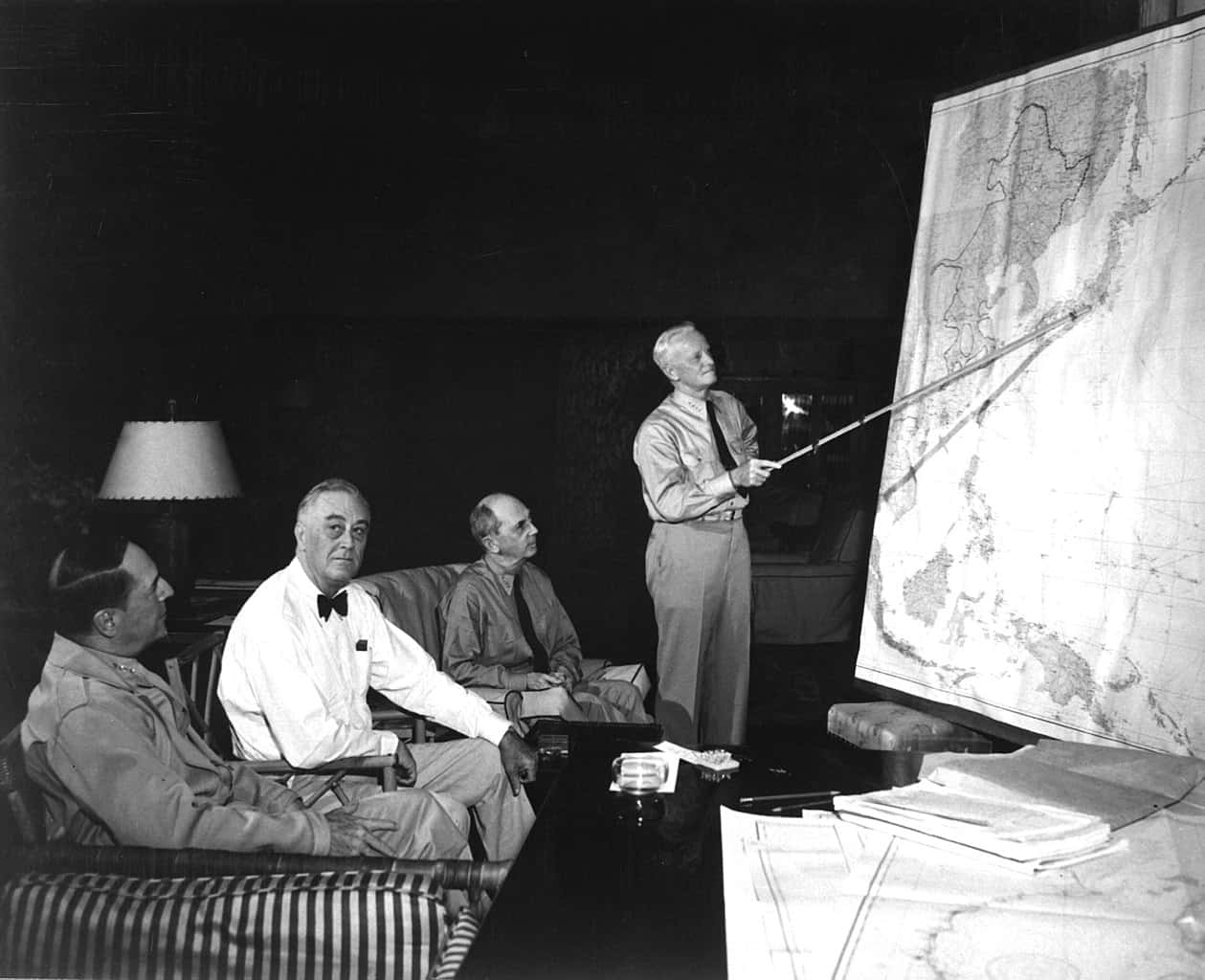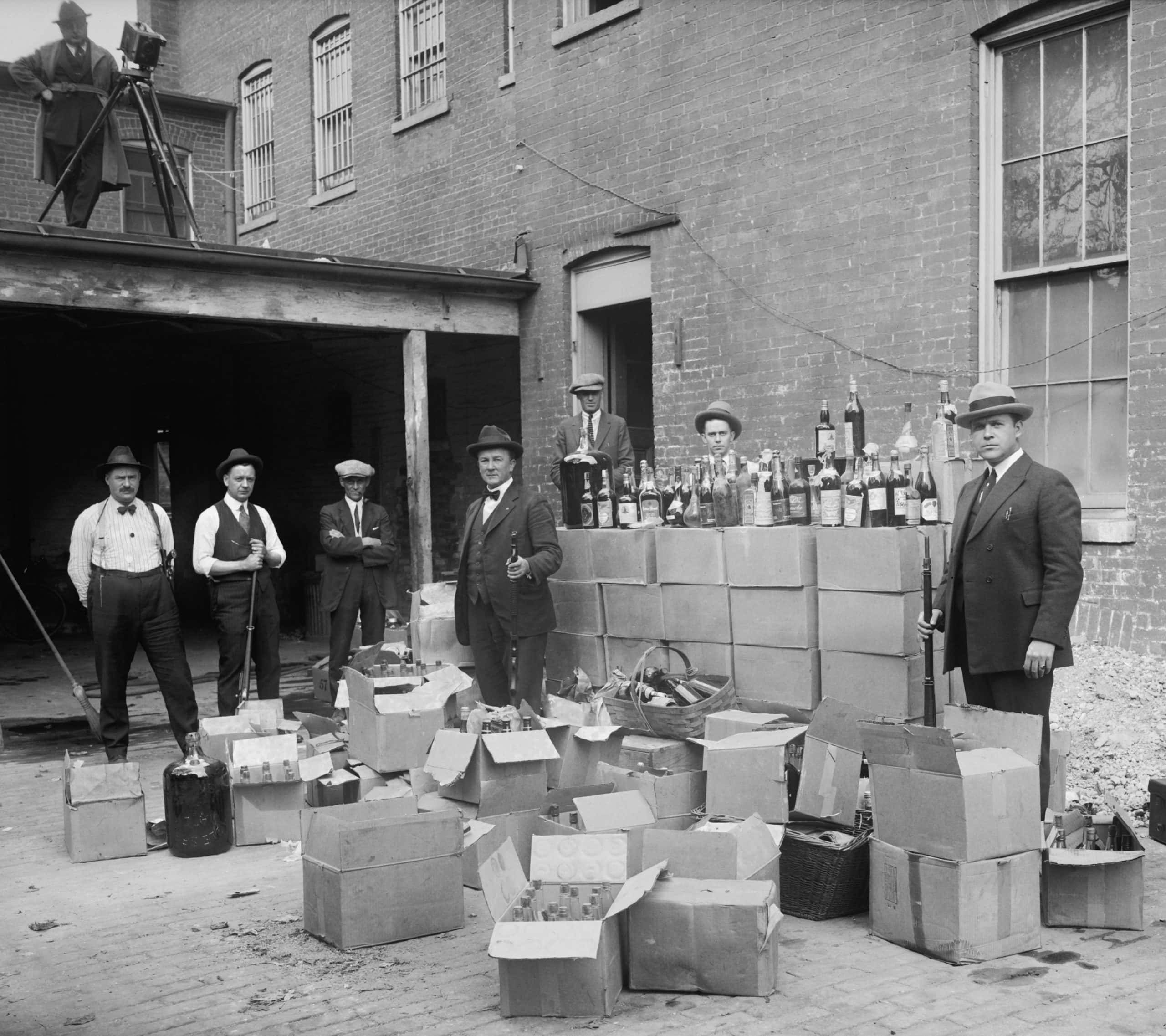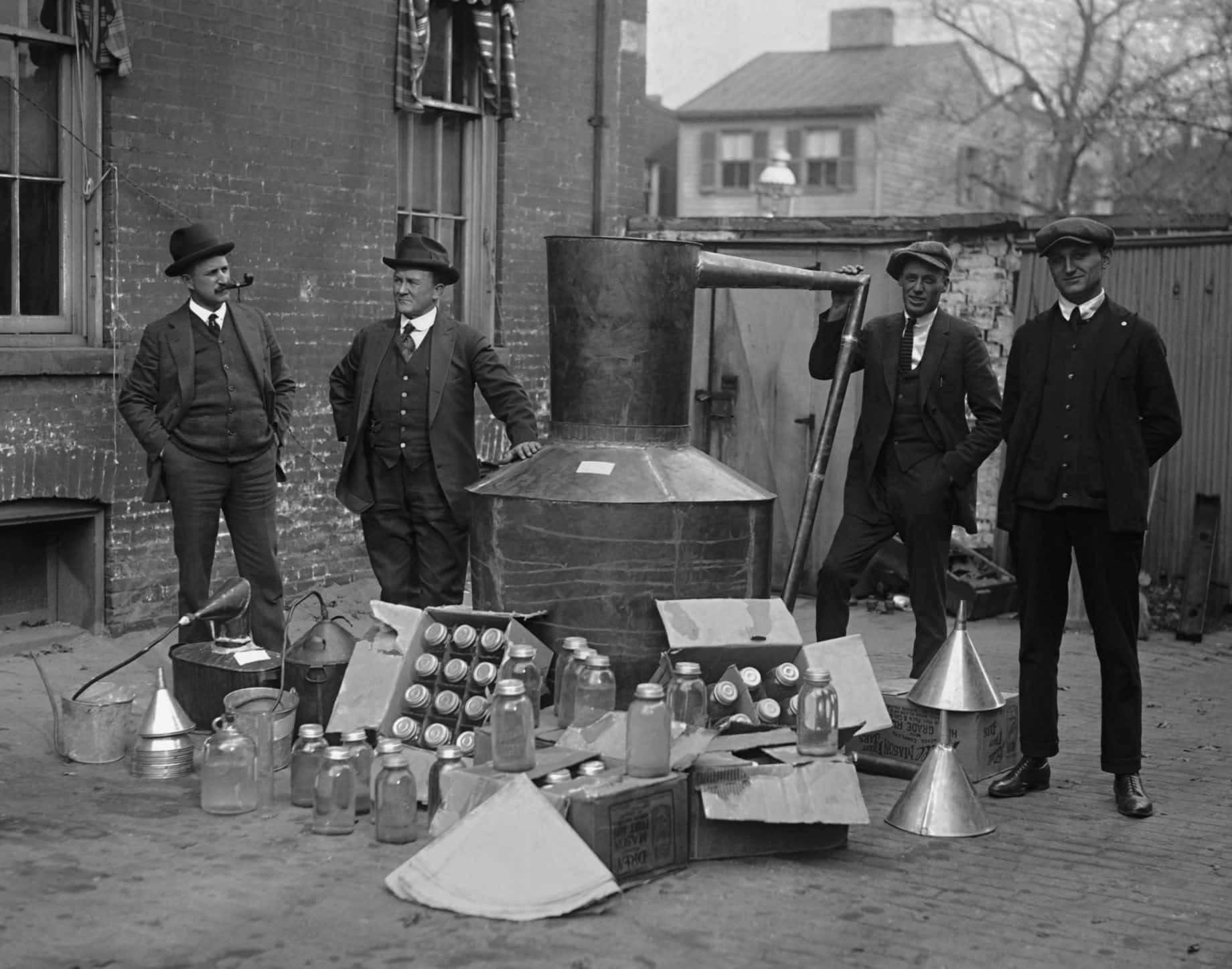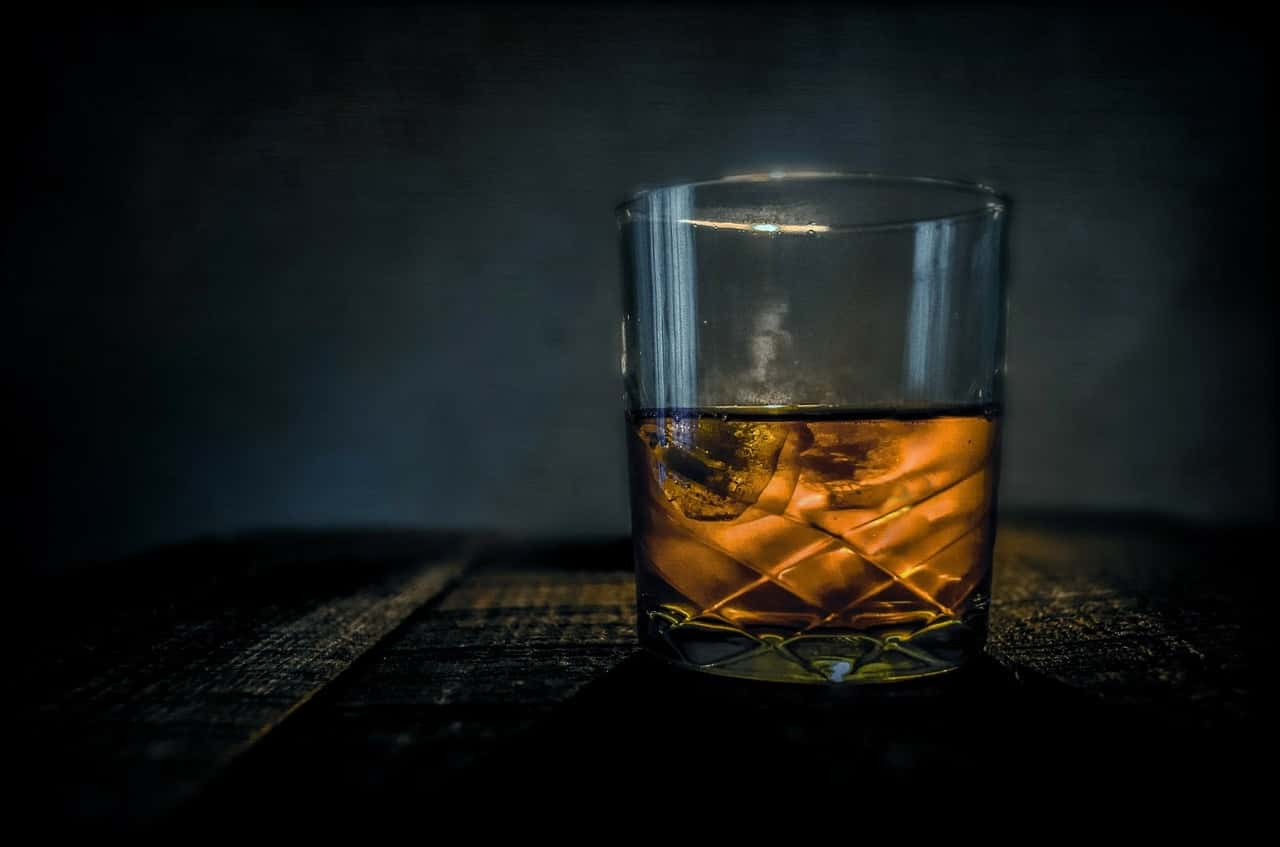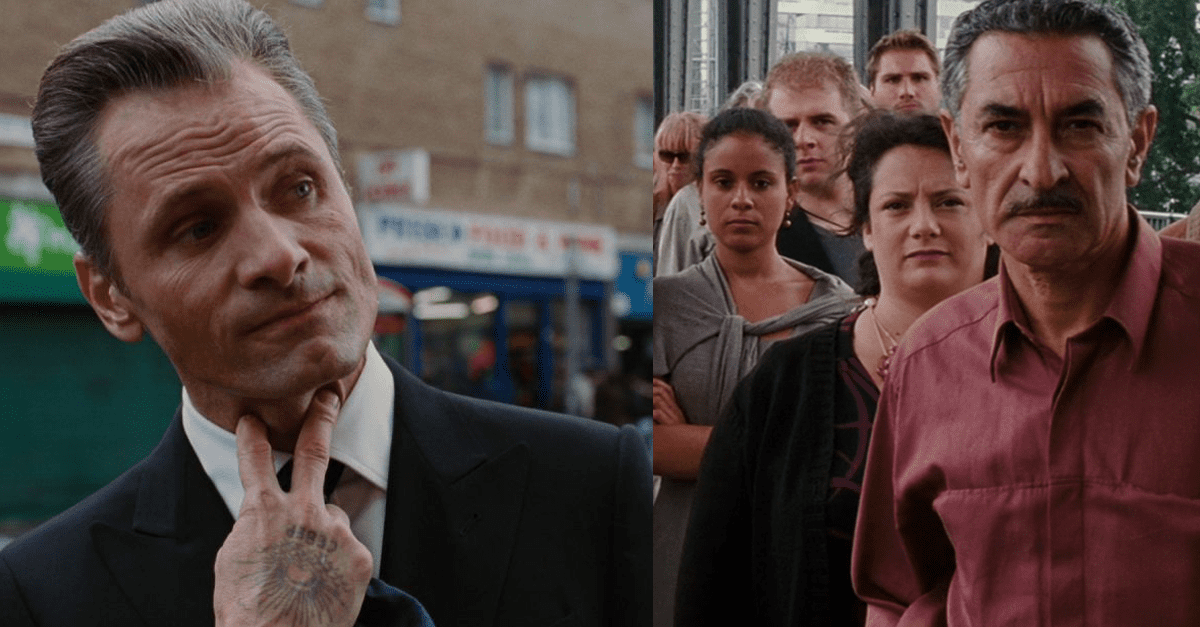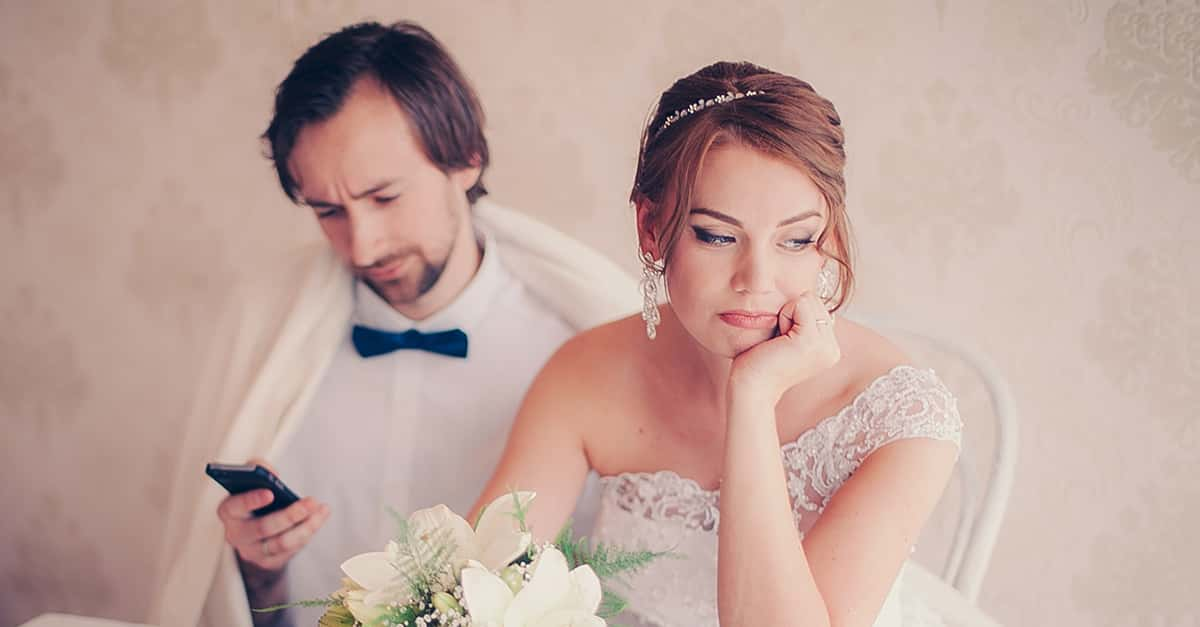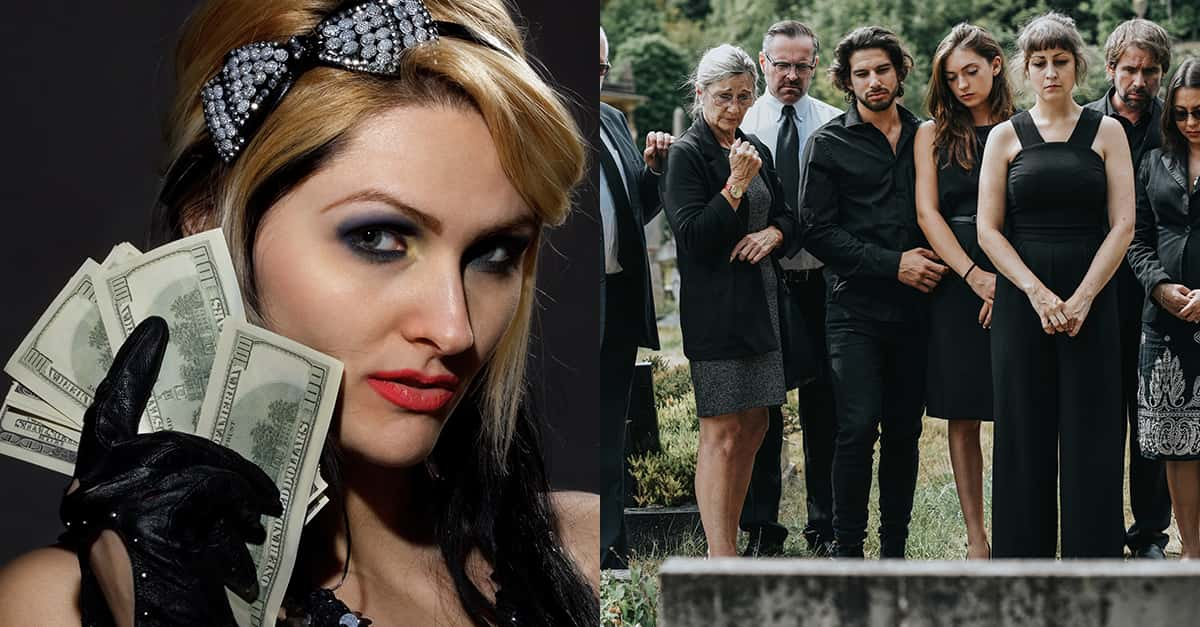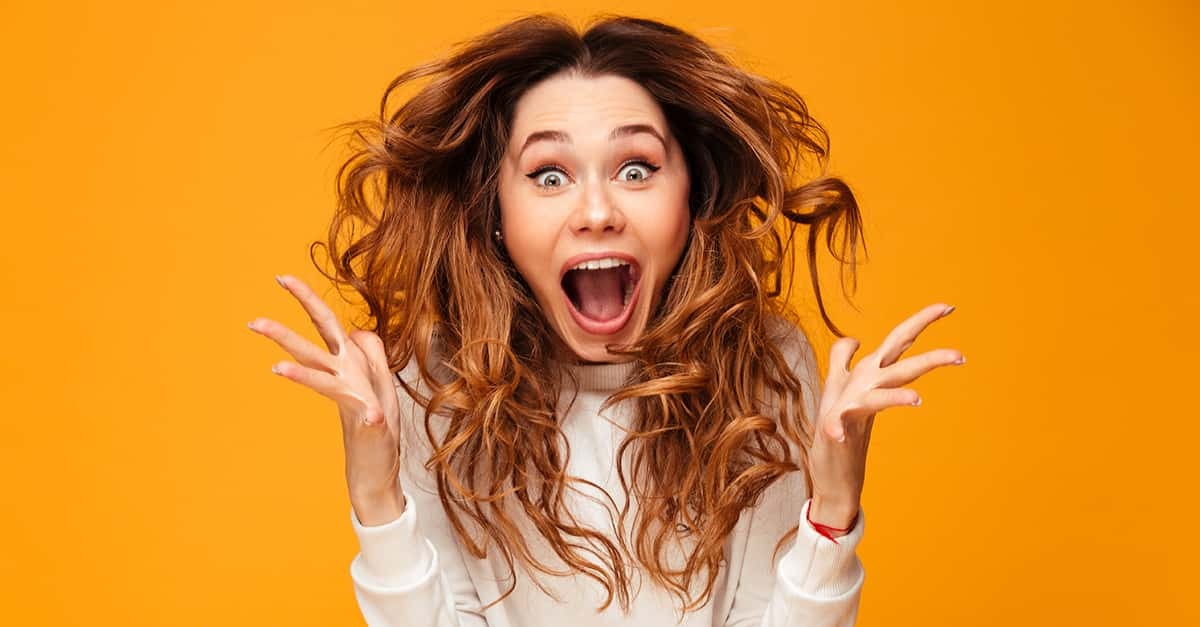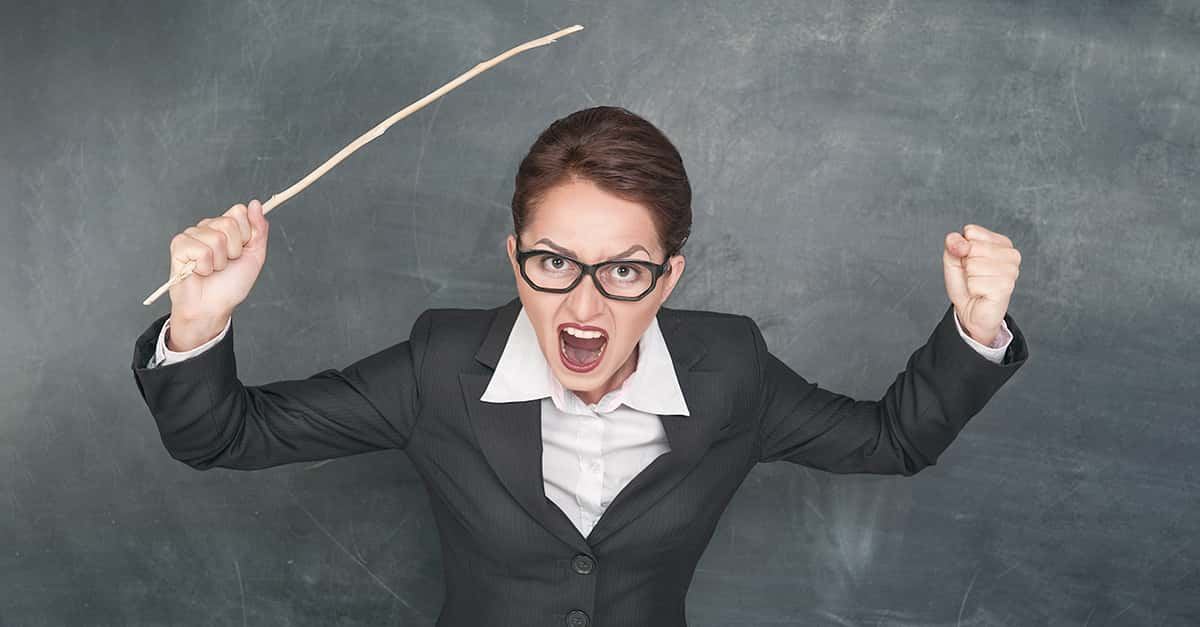“Prohibition only drives drunkenness behind doors and into dark places, and does not cure it or even diminish it.” – Mark Twain
Beginning in January of 1920, Prohibition lasted the better part of what we can only assume was a very long 13 years. It brought America bootlegging, speakeasies, and the likes of Al Capone. There’s actually a lot of misconceptions going around about Prohibition, so we’ve tackled these as well as some proper facts. Just give us the password, and we’ll let you keep reading. Oh, alright, you don’t need a password. Just keep scrolling for 41 forbidding facts about Prohibition!
Prohibition Facts
41. The Noble Experiment
The US government believed that alcohol was one of the main problems that caused poverty, crime, abuse, and violence towards women and children in particular. By preventing the production and sale of alcohol specifically, they thought that everything would be solved. We now know this isn’t the case, and they eventually figured that out too. President Herbert Hoover said of Prohibition that it was "the great social and economic experiment, noble in motive and far-reaching in purpose."
Factinate Video of the Day
40. The Criminal Effect
Instead of crime rates going down, things kind of escalated during Prohibition. Organized crime became a big thing in that 13-year span, and didn’t slow down until Prohibition came to an end in December 1933. The organized gangs started off working in their own territories, but eventually started working with other gangs and went far beyond just the selling of illegal alcohol. Things like prostitution, narcotics, gambling, and extortion were other ventures that they got involved in.
39. Drinkers Gonna Drink
M.I.T. and Boston University conducted a study in the 1990s to look at the numbers behind Prohibition. The study showed that alcohol consumption did actually drop in the early ‘20s, by up to 70 percent. As the second half of the ‘20s came about, consumption went up, as support for Prohibition went down, though the number of drinkers after Prohibition ended was still lower than pre-Prohibition days.
38. Prescription, Please
When Prohibition was set into place, alcohol could only be bought for medicinal and religious purposes. Patients who truly needed the drink could buy it from the pharmacy or just straight from their doctor.
37. Take Three Shots, Three Times Daily
“Medicinal Whiskey” was prescribed for just about anything, really. Doctors would use it to treat things like toothaches and the flu, and, with a prescription, a patient could purchase up to one pint of hard liquor legally every 10 days.
36. The Man Behind the Bill
Andrew Volstead, Mississippi’s chairman of the House Judiciary Committee, aided in the National Prohibition Act, which set out guidelines for states to follow for federal enforcement. The Act was passed on October 28, 1919, but 33 of the 48 states had already gone dry.
35. Do As We Say
The 18th Amendment, along with the Volstead Act, worked together to keep Prohibition in place. Each state was also told that they had to govern and fund the ban with their own resources, but many governors weren’t a fan of that idea. They often neglected to offer any money towards enforcement.
34. Big Reputation
Maryland had zero interest in enforcing Prohibition, to the point where they became widely known as being the most anti-Prohibition state. “National Prohibition went into legal effect upward of six years ago,” Maryland Senator William Cabell Bruce said to Congress, “but it can be truly said that, except to a highly qualified extent, it has never gone into practical effect at all.” New York was the second state to follow in Maryland’s footsteps when it came to half-hearted enforcement measures, with many others doing the same.
33. Gotta Get it Somewhere
Bootleggers became pretty popular in the '20s since they were the ones who were producing alcohol in secret breweries. They also used counterfeit prescriptions and licenses to get their hands on it. A lot of alcohol was smuggled from Canada, Mexico, and the West Indies. Canadian Club, Don Julio, or Havana Club, anyone?

History's most fascinating stories and darkest secrets, delivered to your inbox daily.
32. Start the Boat!
So, how did they get that alcohol into the country? There was a rendezvous point outside of US jurisdiction near Atlantic City, NJ, where ships and bootleggers met up. The bootleggers would load the alcohol onto fast high-powered boats that could easily surpass the US Coast Guard. Eventually, the Coast Guard switched their tactics and started searching boats and ships further away from the coast, and started using craft that was much quicker than what they had.
31. Cruise to Nowhere
“Booze Cruises” also sailed into popularity during this time. The ships would go out into international waters where they could legally serve alcohol and just go around in circles until it was time to go back. Cuba was also a popular destination for Americans to go to enjoy a drink or two (or five). If you’ve had a real mojito, you’ll understand why it was hard to stop at one.
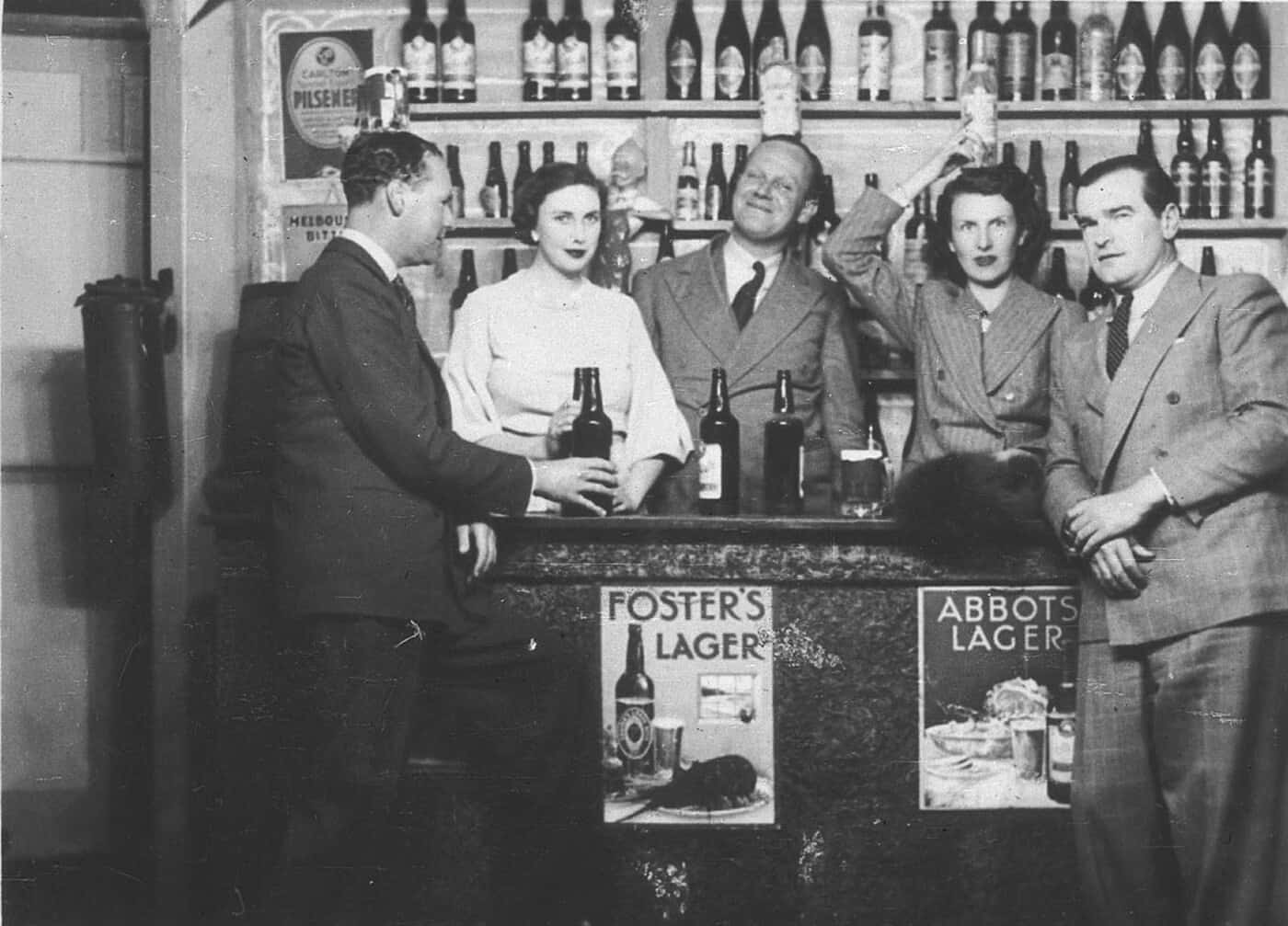 Flickr, State Library of New South Wales
Flickr, State Library of New South Wales
30. Laissez Les Bon Temps Rouler
Franklin D. Roosevelt actively campaigned for the end of Prohibition during the Presidential elections, which was very likely the reason why he won by a landslide. It took a year from his election to office to the ratification of that 21st Amendment by most of the states. There were even 20 minutes of cannon fire in New Orleans to commemorate the moment.
29. Was it Really Worth It?
At the end of it all, it’s estimated that Prohibition cost the American government over $11 billion in lost tax revenue. Another $300 million was spent trying to enforce it.
28. This Beer Tastes Like Soap—or Not
"Bathtub gin” wasn’t actually made in people’s bathtubs – that would have been completely gross. The term was used because of the tub’s spigot being easier to use over a regular faucet. Bootleggers used pretty big bottles to make their drink, and faucets just didn’t work to get the water in them.
27. Booze Bribes
By now, I’m sure you’re already thinking that the authorities must have caught on to all of this. Well, they sure did. They were just paid off to keep the bootleg business booming. Everyone from police, judges and politicians were paid with bribes and retainers, sometimes totaling $300,000 per month, just to act none the wiser!
26. Problem Solved
Some towns decided that Prohibition was actually the answer for bad behavior and tried selling their jails. Others considered crazy ways of punishment for those found to be in violation of Prohibition laws, some of which included branding or tattooing, or even publicly shaming or banning people from marrying.
25. Green Means Go
Ah, the speakeasy. These illegal saloons and nightclubs were the place to be during Prohibition. You had to whisper a code word at the door just to get in, and though they operated under the guise of selling coffee and soft drinks, you could get an adult drink without any problem. Speakeasies were often marked by green doors, and some are still in business, like the Green Door Tavern in Chicago.
24. Where There’s Drinks, There’s Dance
Speakeasies were really popular, with some even serving food and having bands perform live. New York City was home to about 100,000 of them, and Chicago had about 7,000. The music and dance of choice back then? Jazz and the Charleston.
23. Pharma-Booze
Speakeasies sometimes operated under the pretext of being a pharmacy, to help with their sales of alcohol. Some of the more legitimate places thrived, one of them being Walgreens. During Prohibition, they went from having 20 locations to over 500!
22. That’s One Way to Do It
There’s also the term “blind pig” to consider. These were generally dive bars that brought in a live animal or floor show and charged people to see it. Of course, the entry fee also happened to get you a complimentary drink.
21. Alcohol, Ice Cream – It’s All the Same, Right?
Though there were some distilleries and breweries that continued operation in secret, there were others that either closed or decided to use their factories for other things. Yuengling and Anheuser Busch both used theirs for ice cream production, and Coors made pottery and ceramics. I love ice cream, and I love pottery, but I just might love beer more.
20. Where There’s a Will, There’s a Way
Another thing the breweries tried? Creating “near beer”–legal draughts that had less than a 0.5 percentage of alcohol. Malt syrup was mixed with water and yeast, then left to ferment, and would then essentially turn into a beer. Winemakers even got on the bandwagon with “wine bricks,” which were just chunks of grape concentrate. Thanks, but no thanks.
19. Kingsport Iced Tea—Not Quite the Same Ring
Where do you think Long Island Iced Tea was first made? Well, it wasn’t New York, which is where I’m sure you were thinking. Nope, it was actually in a place called Kingsport in Tennessee. One bootlegger had an ingenious idea to mix whiskey, rum, tequila, and gin, and called it iced tea.
18. Birth of a Gangster
One of the biggest names to come out of the Prohibition era was Al Capone. Just in 1927 alone, it’s said that he made about $60 million a year just by selling alcohol.
17. Don’t Mess With the Gangs of Chicago
In Chicago in 1929, a number of men believed to be associated with Capone dressed as policemen and shot and killed men who were members of a rival gang, in what’s known as the St. Valentine’s Day Massacre.
16. Brains of the Operation
There were many other famous bootleggers during Prohibition. One of the other more notable names was Arnold “The Brain” Rothstein. His father was a successful businessman, but Arnold himself became a known leader in the Prohibition underground in New York. He was also one of the first to import alcohol from England for illegal sale.
15. No Alcohol, No Problem
Some states continued Prohibition even after the 18th Amendment was repealed. Kansas ended the ban in 1948, Oklahoma in 1959 and Mississippi in 1966. There are even 10 states that currently have counties who continue, to this day, to ban the sale of alcohol. We're sure their tourism industries are...thriving.
14. Oh, the Places You’ll Drink
One famous name who (kind of) came out of that time was a one Dr. Seuss, although he wasn’t Dr. Seuss quite yet. A college-going Theodor Seuss Geisel was with his friends when they were caught drinking alcohol and was made to resign from all of his extracurricular activities at school. As a result, he used the name Seuss to keep writing for the college’s humor magazine.
13. But, it’s the Bible?
Things got a little extra when Prohibition supporters wanted the Bible—yes, the Bible—rewritten to remove any references to alcohol. Religious scholars were even hired to help in this process.
12. Secret Agendas
Prohibition had unlikely support, from the Ku Klux Klan. The KKK used Prohibition as a way to spread their views about purifying the nation and cleaning up communities, as the ban on alcohol brought together federal agents, Protestants, and progressives. Part of the government’s Prohibition Bureau specifically targeted certain groups that the KKK also had their sights on, like African-Americans, the poor, and immigrants.
11. People for Prohibition
Some of the other main Prohibition supporters included the Anti-Saloon League, which established themselves in 1893; evangelical Protestants who believed saloons were corrupt and ungodly; and women who saw alcohol as a destructive force that brought down families and marriages. Factory owners also agreed with Prohibition, because it meant less accidents on job sites and just a general increase in efficiency in the work being done.
10. If Science Says It’s True…
The Women’s Christian Temperance Union also sought Prohibition. They wanted to create a “sober and pure world” while using science to tell people why they shouldn’t drink. They believed that drinking beer caused edema, or the swelling of organs, and they spread their message to encourage Prohibition.
9. If at First, You Don’t Succeed…
Believe it or not, but the 1920s version wasn’t the first time prohibition had been attempted in the US. Back in the mid-1800s, the state of Maine passed a law that banned the sale of alcohol across the state, with a dozen or so other states following suit. There was quite the opposition, and people rioted, so many of the states had to repeal the ban.
8. Try, Try Again
The idea to ban alcohol came back again during World War I, with the thought that barley, used in the manufacturing of alcohol, could be used to make bread for American soldiers and Europeans affected by the war.
7. What Else Did They Drink Though?
Surprisingly, Prohibition goes way, way back to the Xia Dynasty in China, roughly between 2070 BC and 1600 BC. The very first ruler in this dynasty, Yu the Great, banned alcohol, but upon his death, Yu’s son Qi allowed it again.
6. Worldwide Woes
Other countries have also had their own versions of prohibition put into in place. Prince Edward Island banned alcohol between 1907 and 1948, Russia and the Soviet Union from 1914 to 1925, and Finland from 1919 to 1932. Iceland also had prohibition between 1915 and 1933, and beer still wasn’t allowed until 1989! Some countries, like Saudi Arabia and Libya, currently ban alcohol because of religious beliefs.
5. Have a Drink on Him
When Prohibition finally came to an end with the introduction of the 21st Amendment, President Franklin D. Roosevelt proclaimed: “What America needs now is a drink.” In addition to the dirty martini he drank to celebrate the end, he also had Yuengling beer delivered by the truckload to the White House that very day.
4. Tainted Love
Unfortunately, there was a lot of tainted alcohol floating around during this time, and an estimated 10,000 people died because of it during Prohibition. Yes, back then, you could die from a hangover.
3. Desperate for a Drink
Otherwise known as “bathtub gin” or “moonshine,” tainted alcohol generally tasted pretty disgusting, but there were those who were desperate enough to drink it. The bootleggers who were making these deadly concoctions were using industrial types of alcohols that were supposed to be used for things like fuel and medical supplies. When you're poisoned by these alcohols, you can go blind, and they can cause respiratory paralysis and, as a result, death. Not a good way to go.
2. Pour Me Another
Believe it or not, throughout prohibition it actually wasn’t illegal to drink alcohol. True story! The Prohibition literally only covered producing, shipping and selling the drink. So instead of going to legal places to buy their afternoon and evening delights, people were forced to acquire it through illegal avenues.
1. Building an Empire
Dean O’Banion, also known as Dion O’Banion, was Al Capone’s main rival. He controlled a good portion of Chicago but didn’t just deal in bootlegging. He and his crew were also adept in violence, theft, extortion and the sale of flowers. Yes, you read that right.Though this reveals a softer side—O'Banion enjoyed arranging flowers, it also has a macabre side: he supplied flowers to a lot of the gangster funerals that took place.

